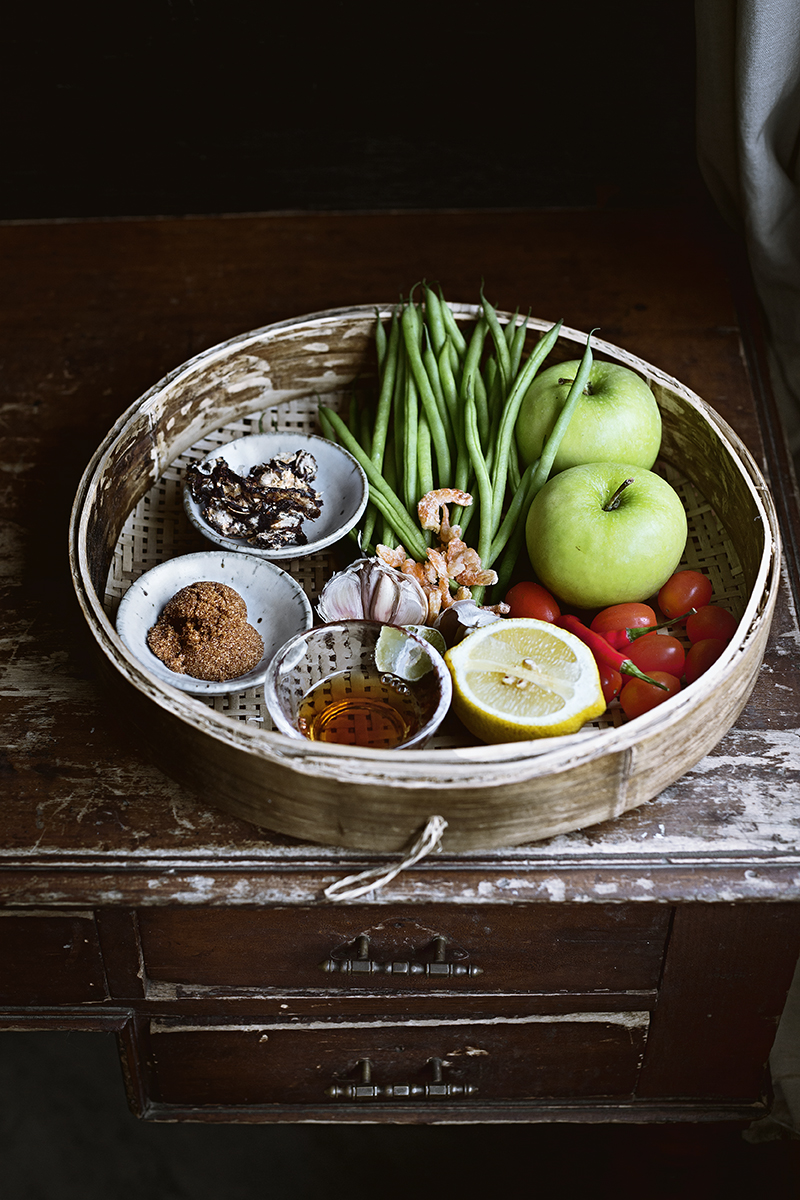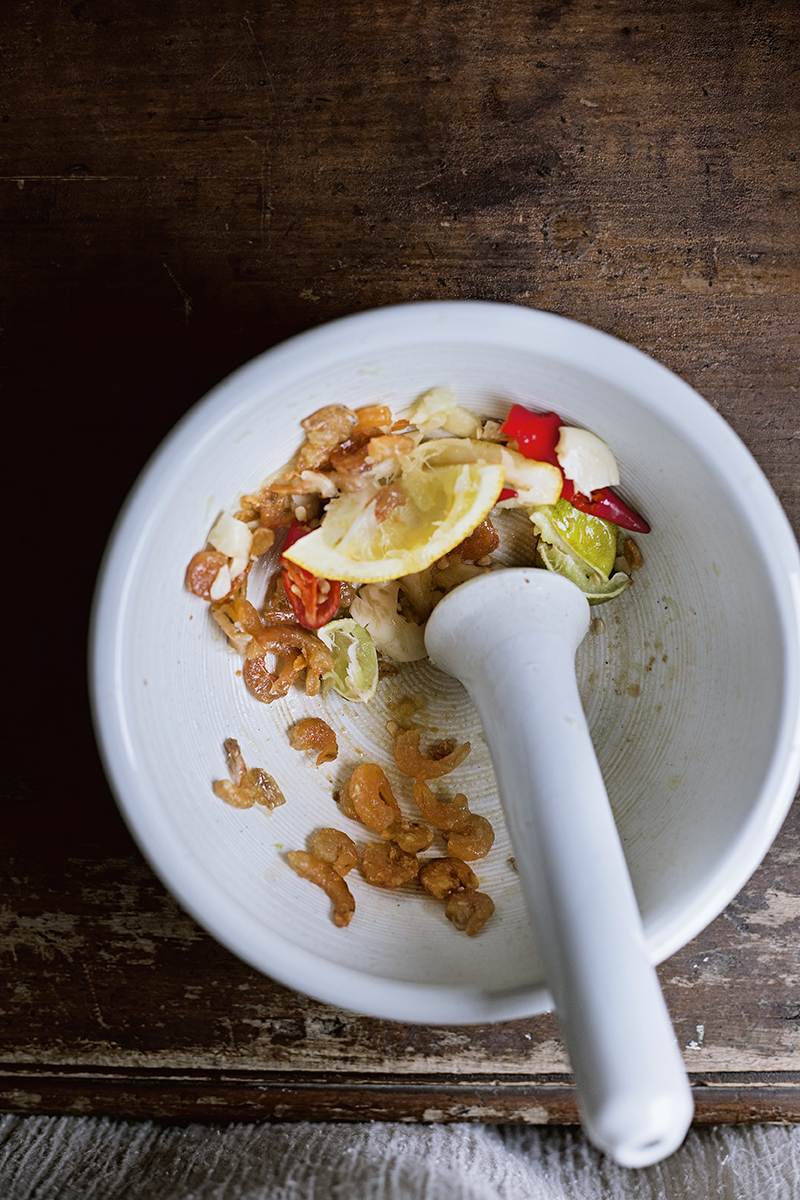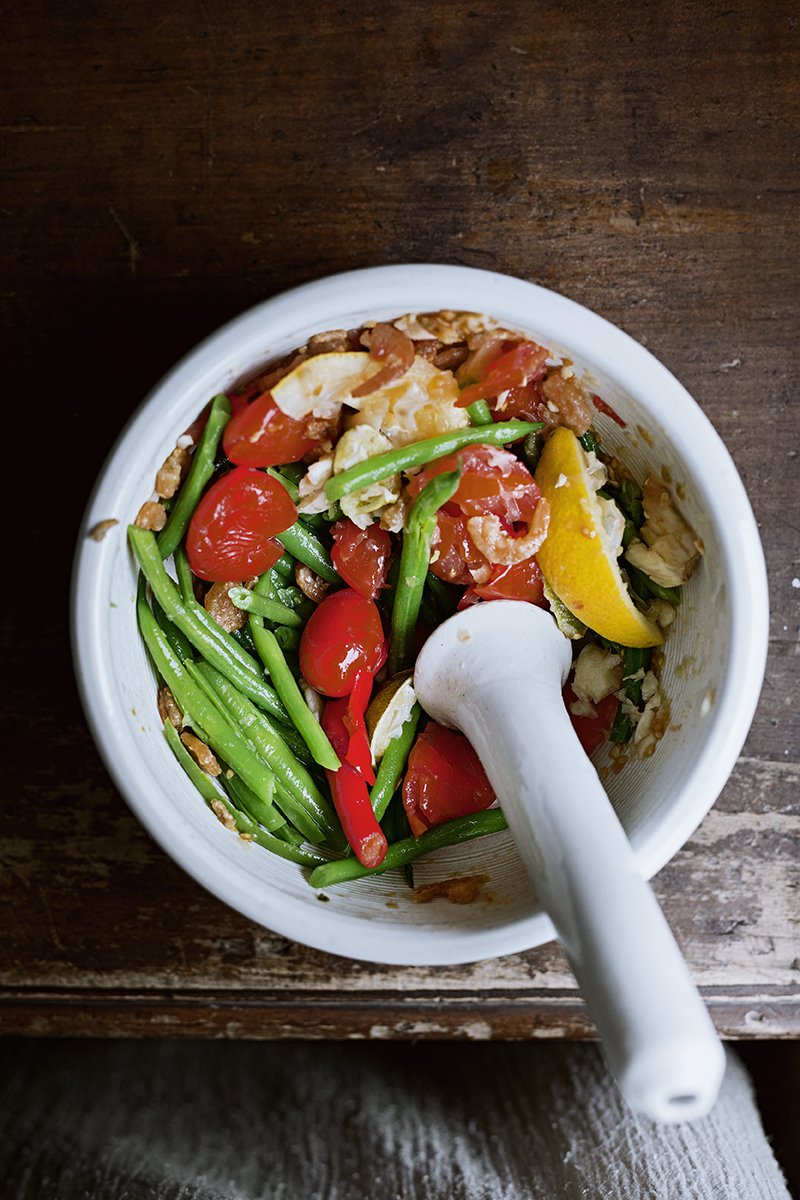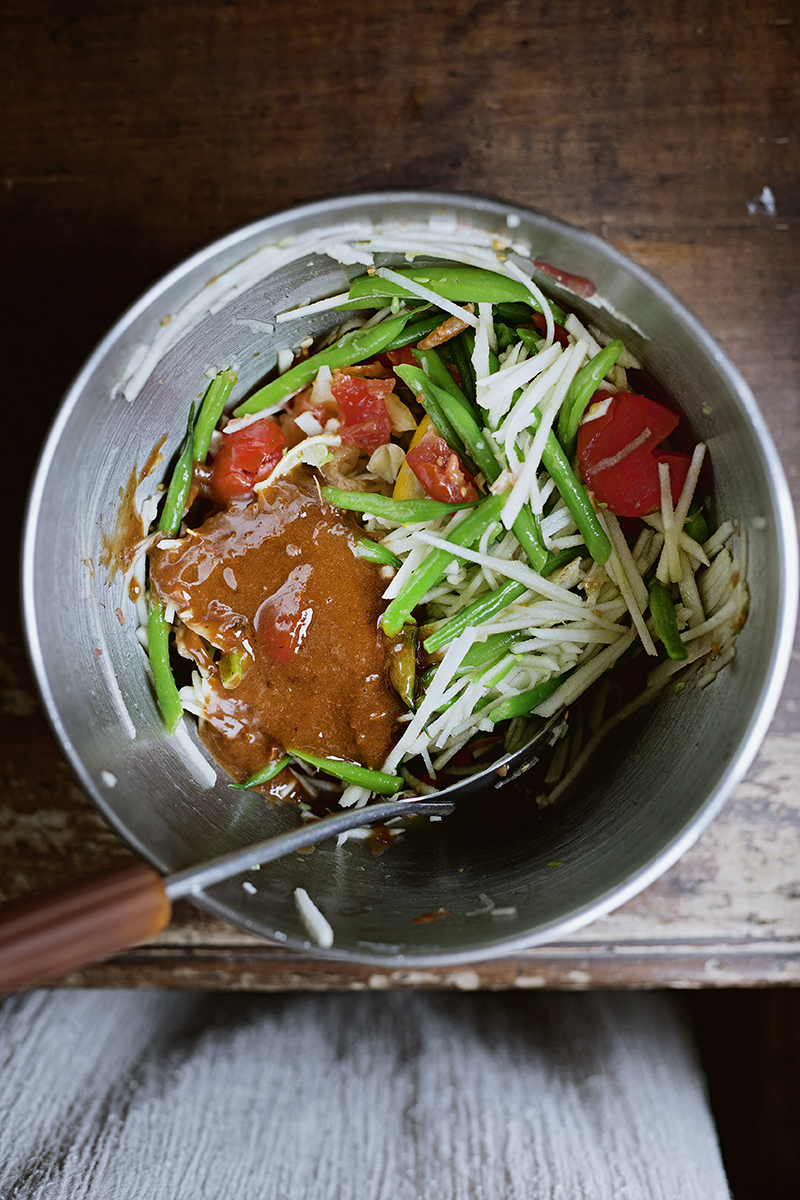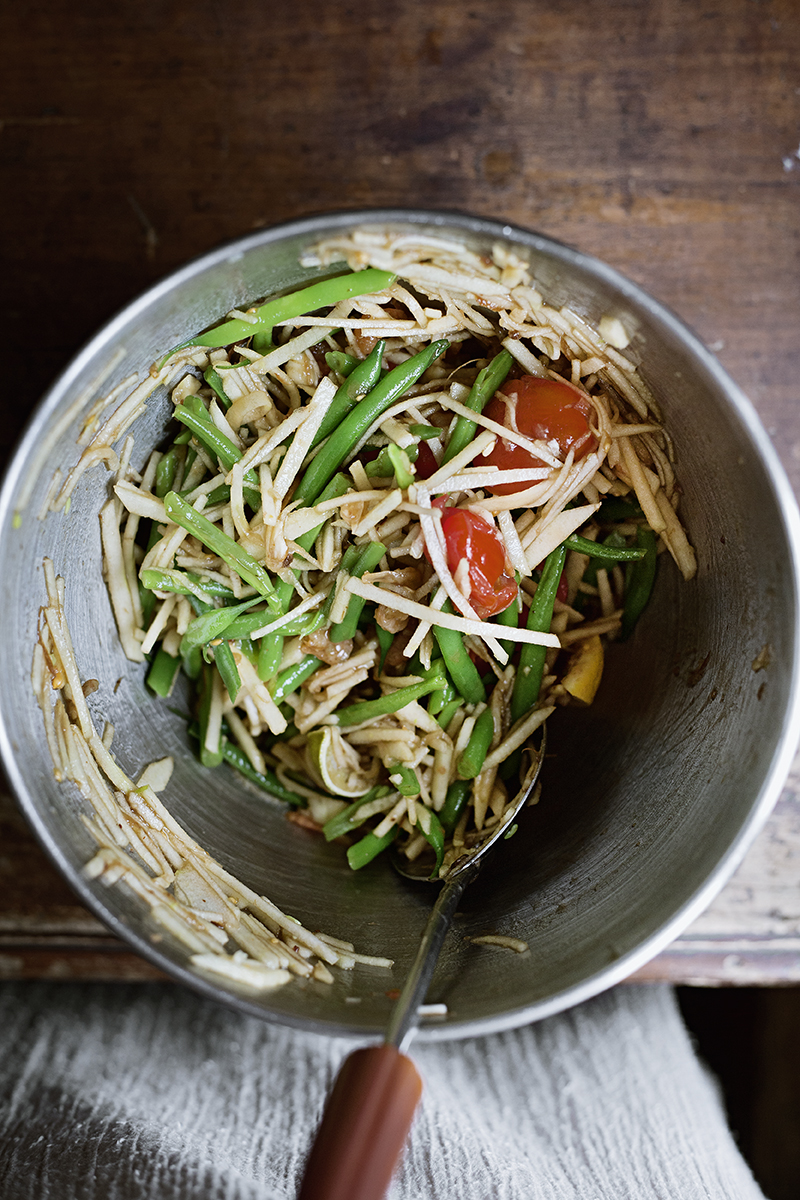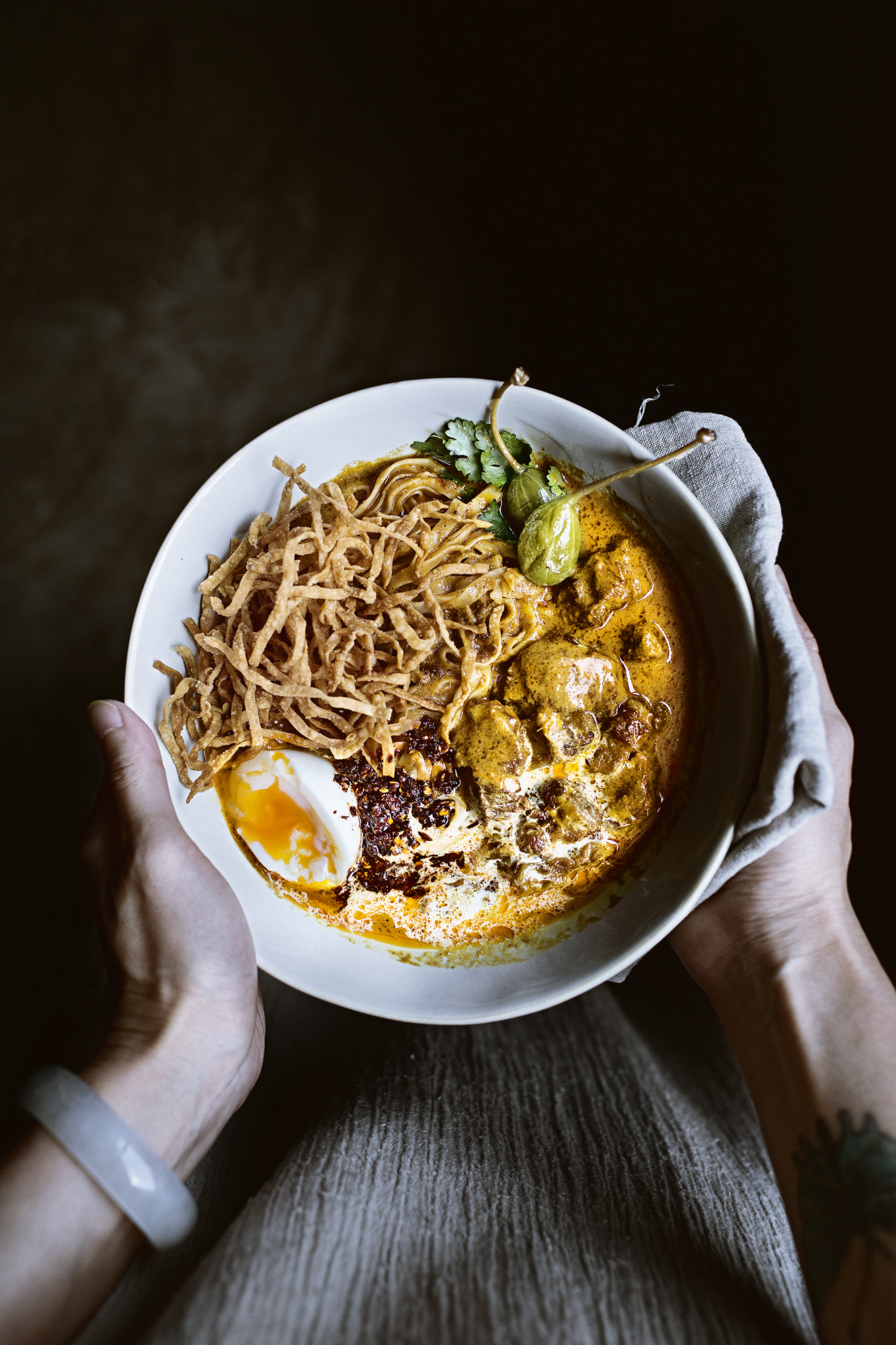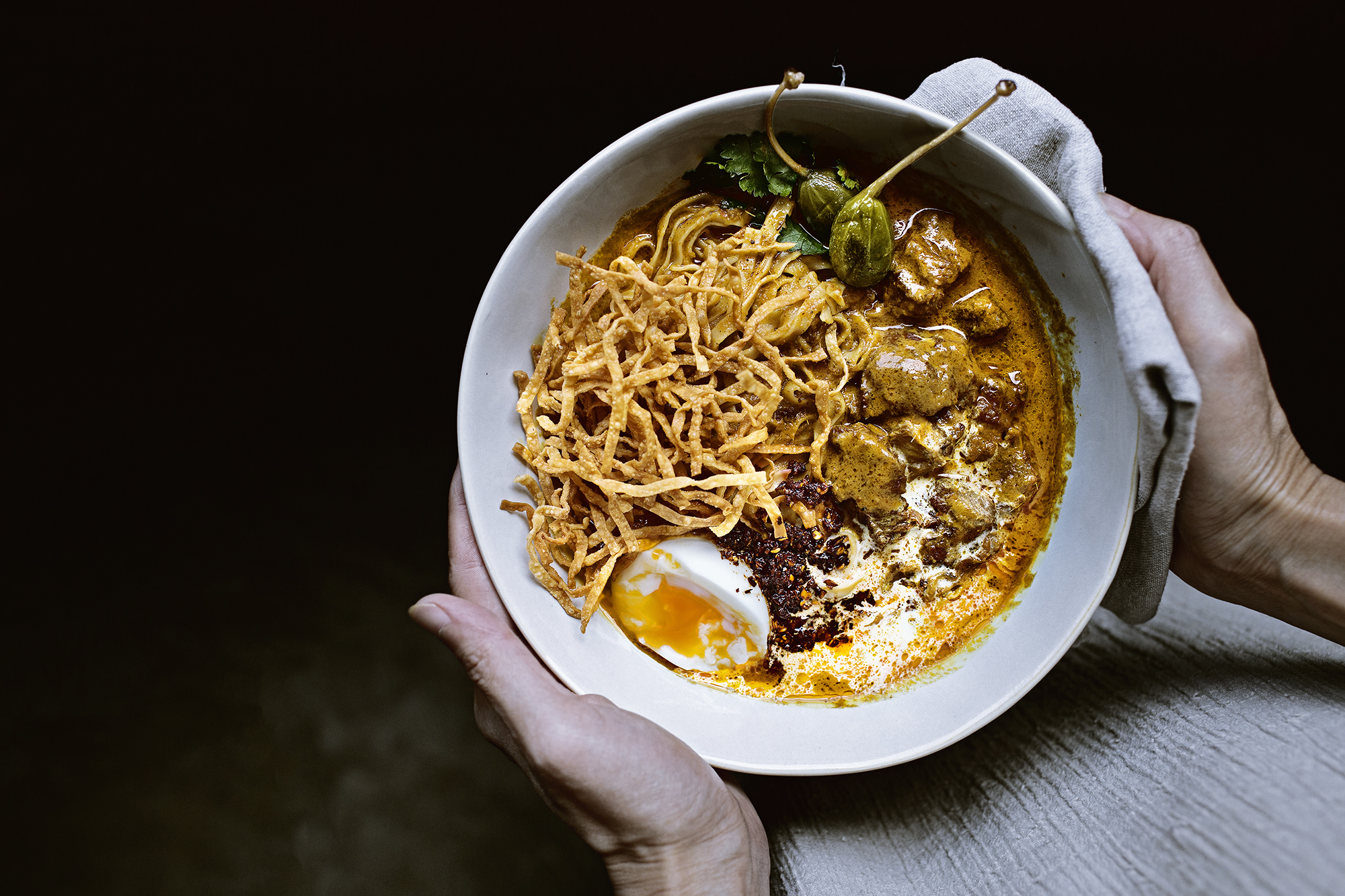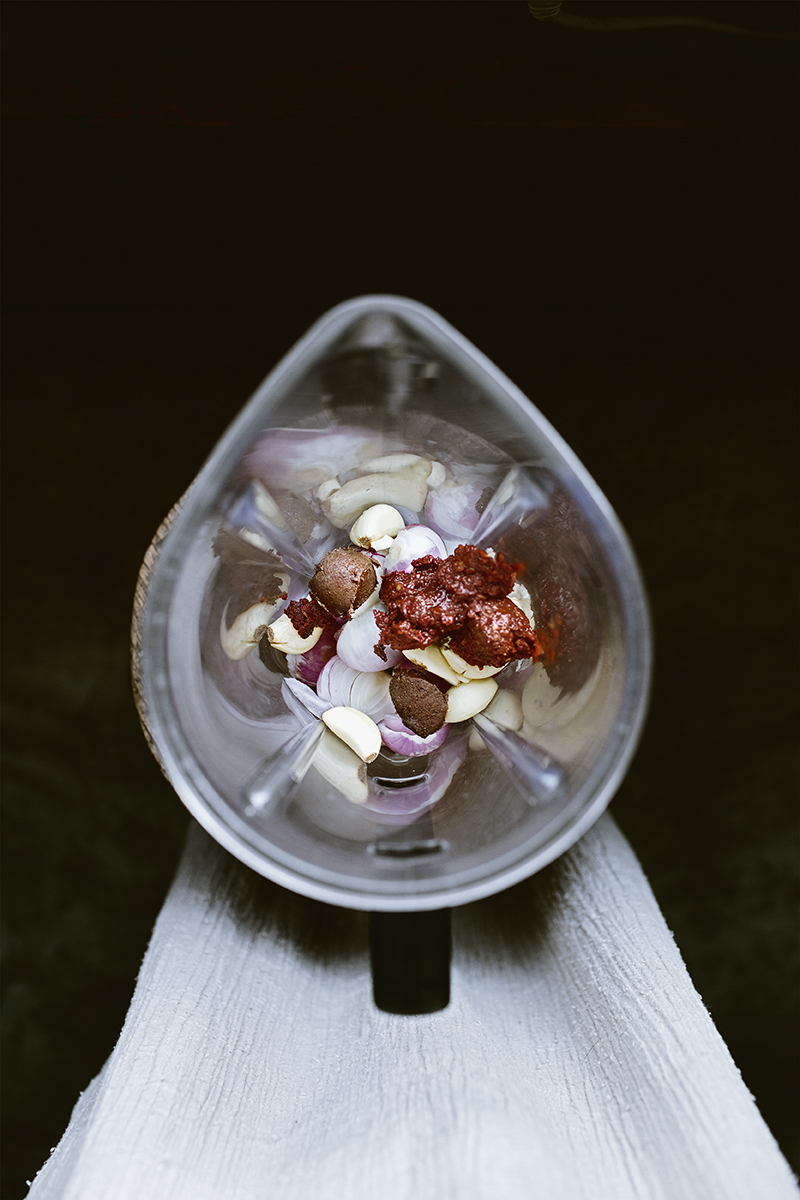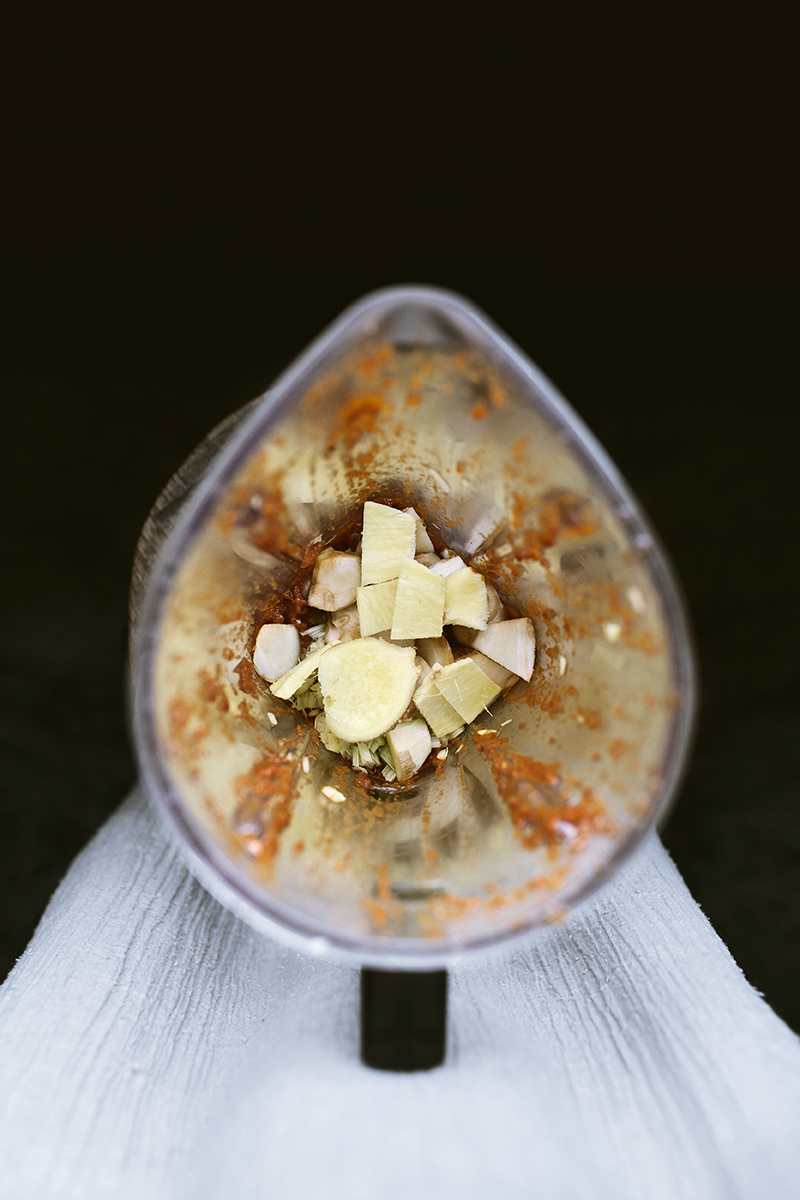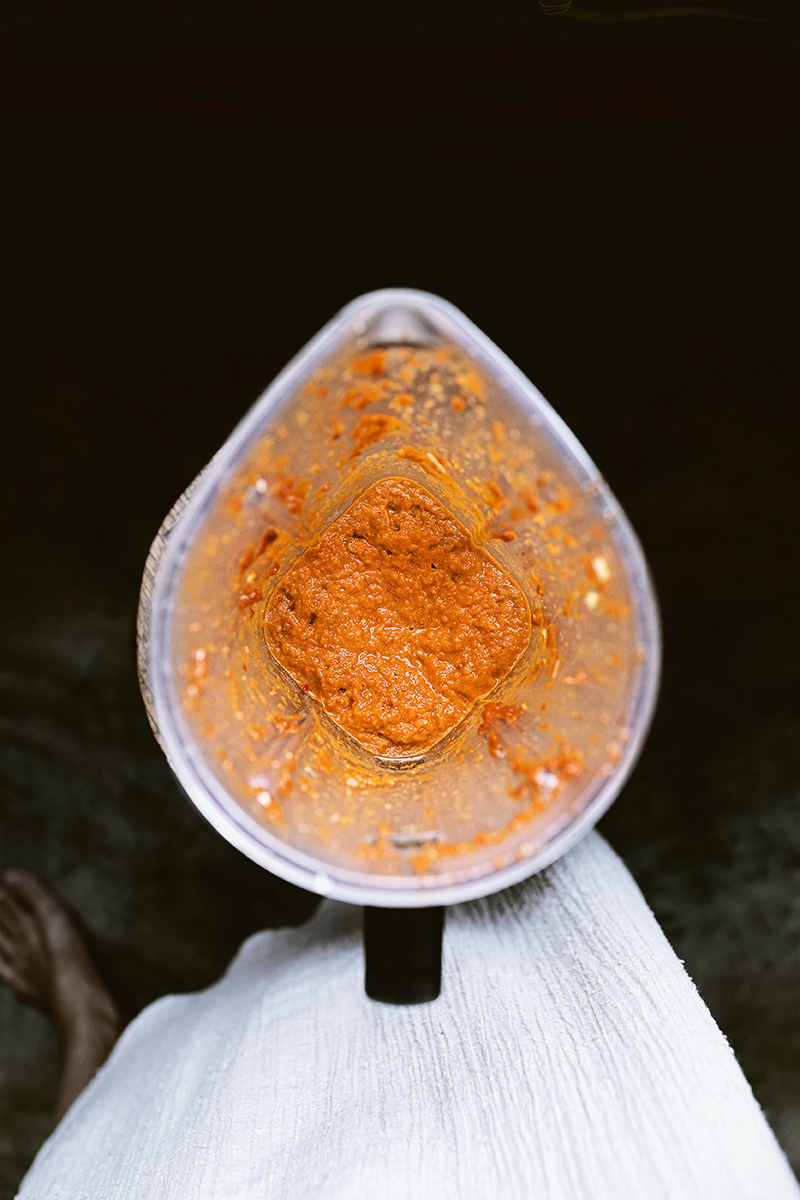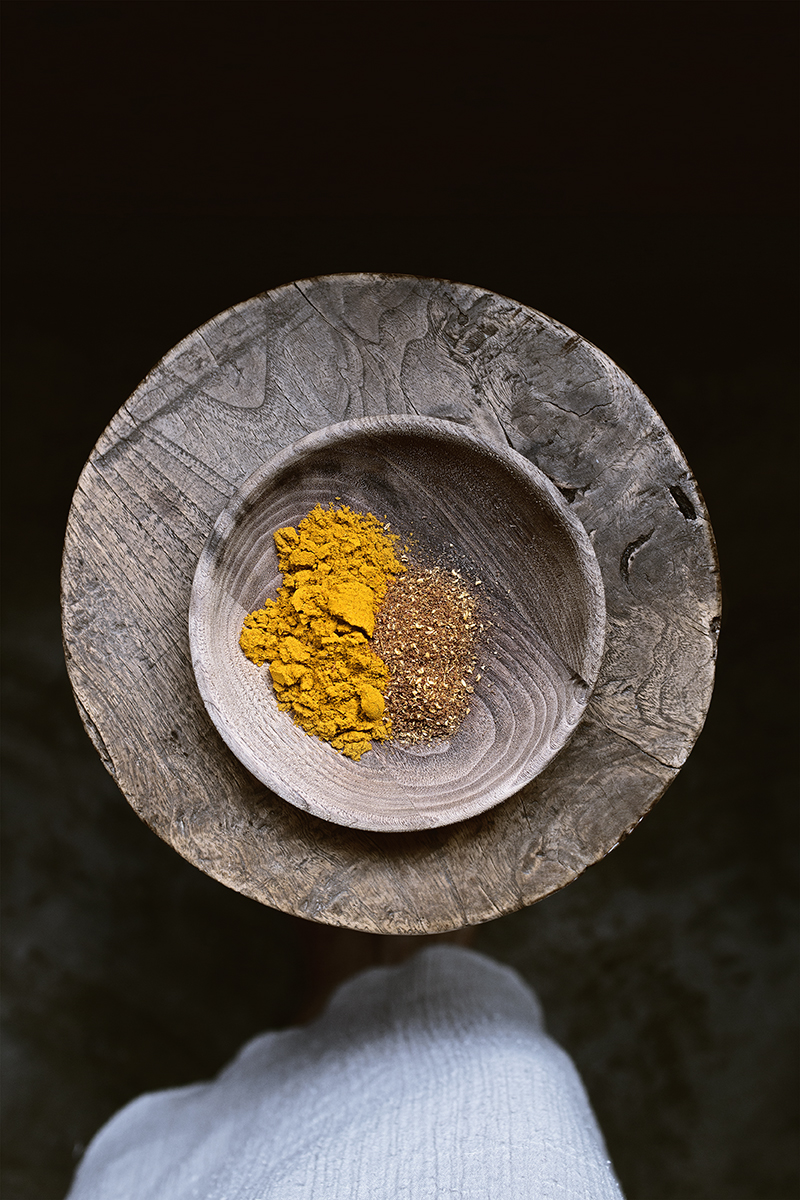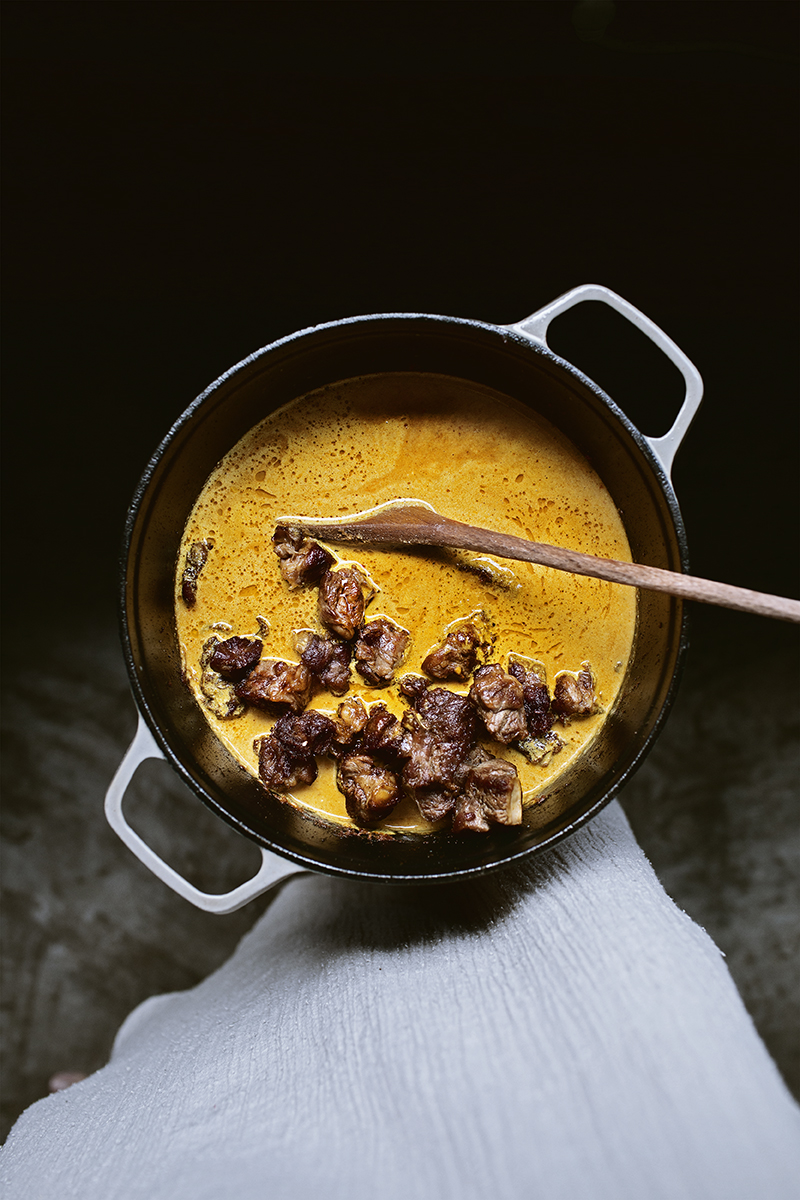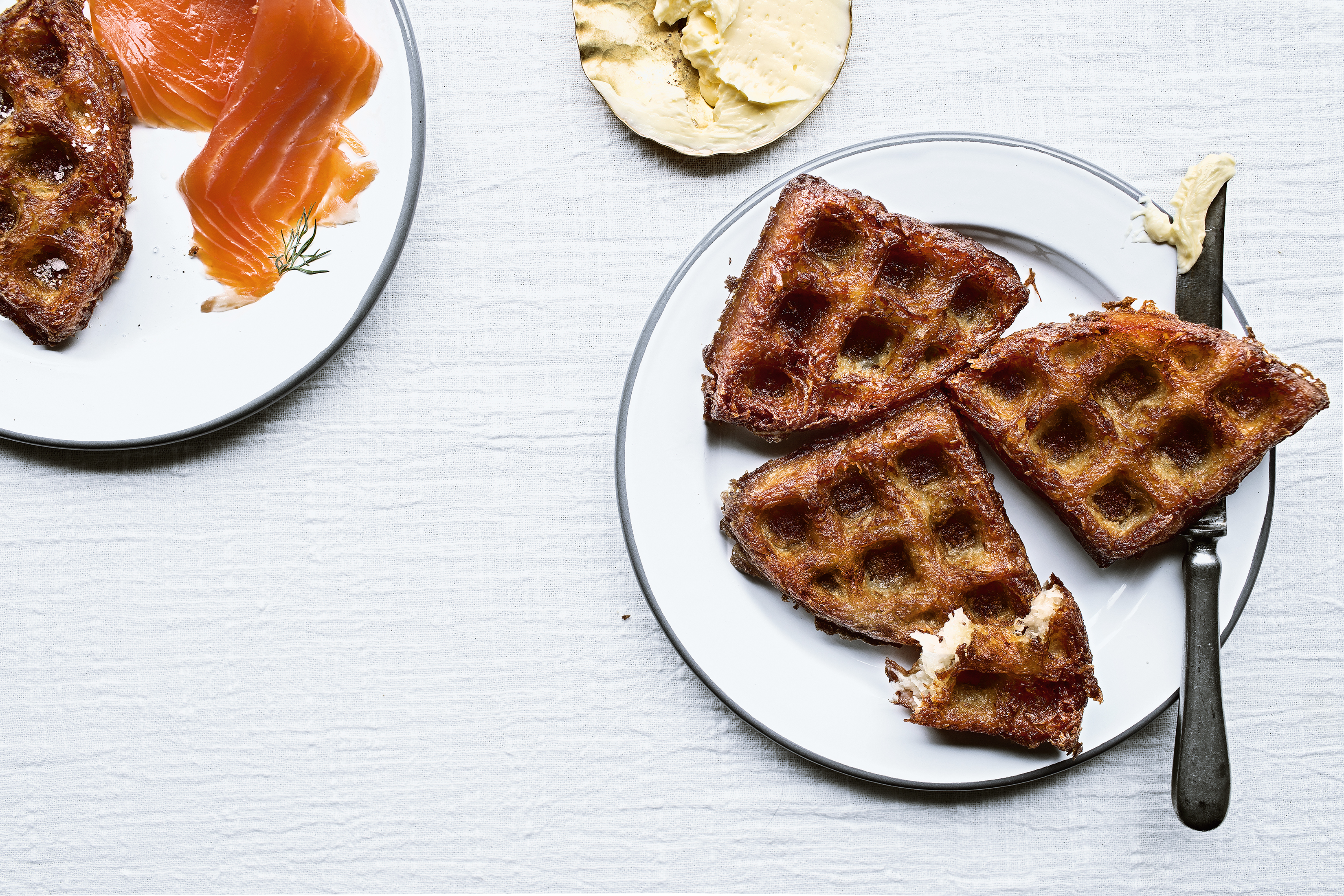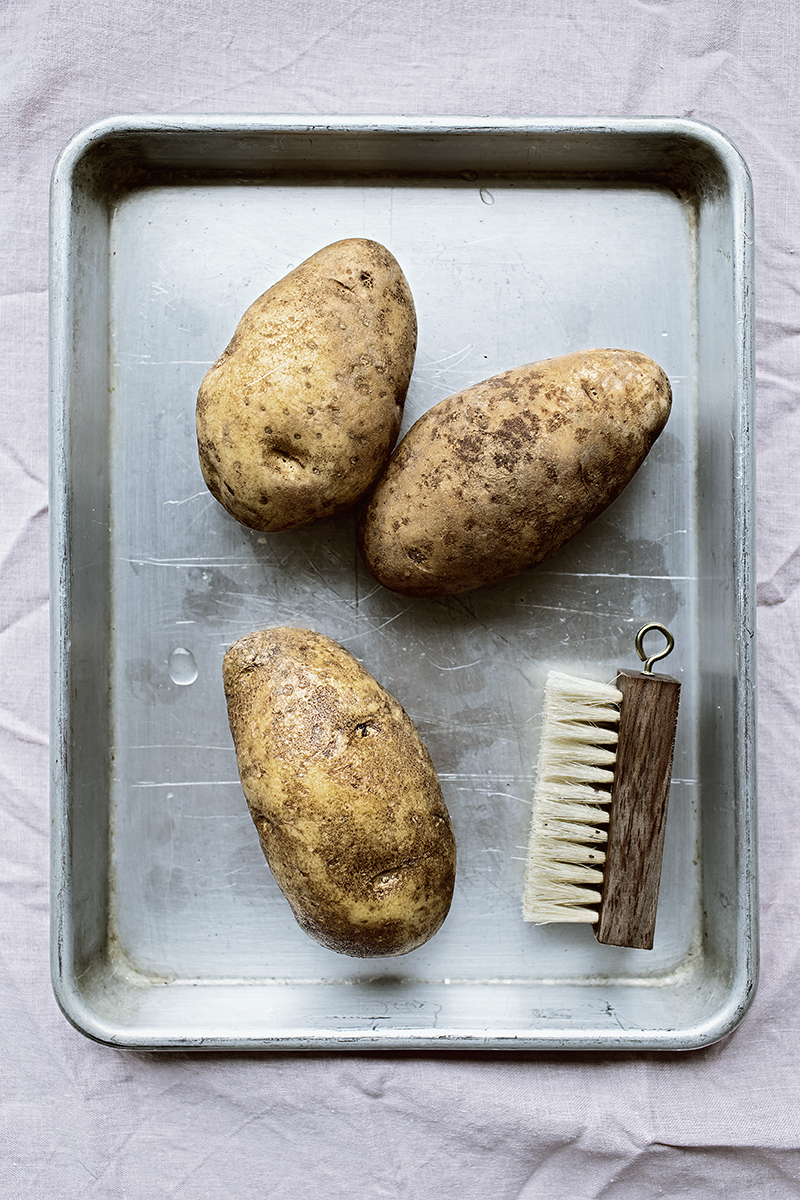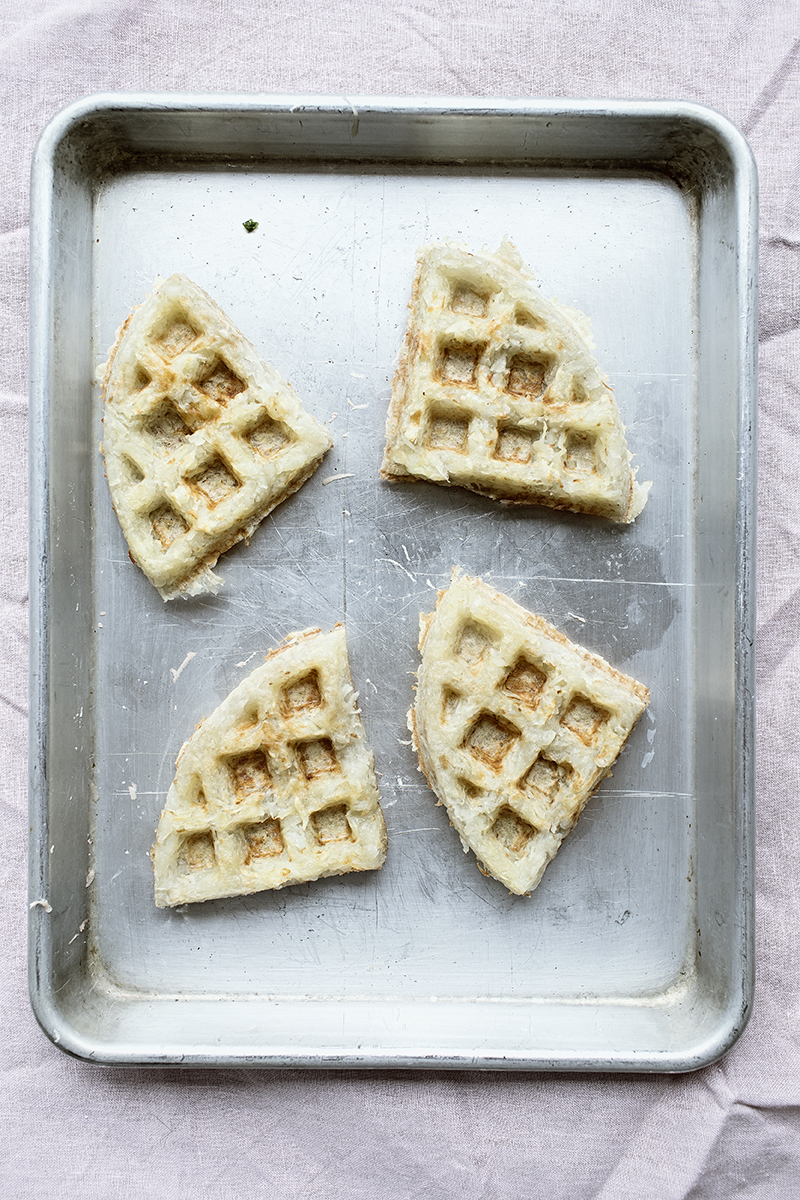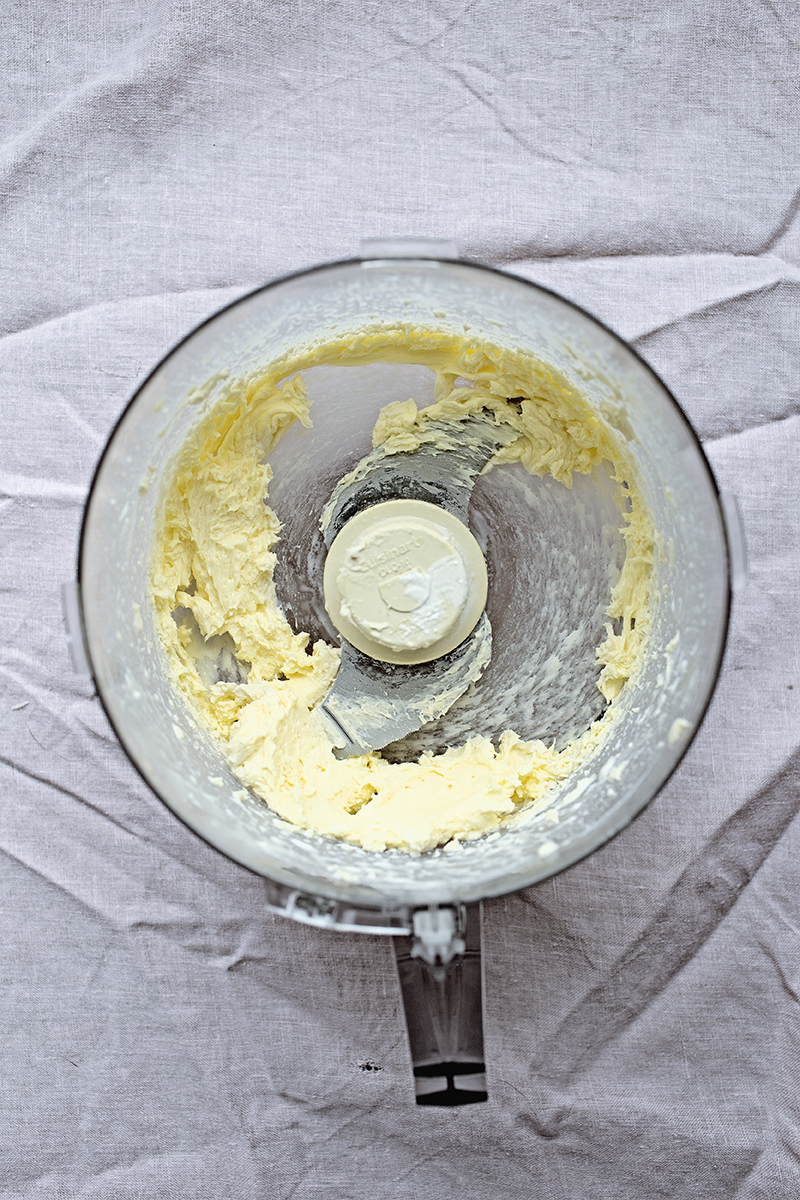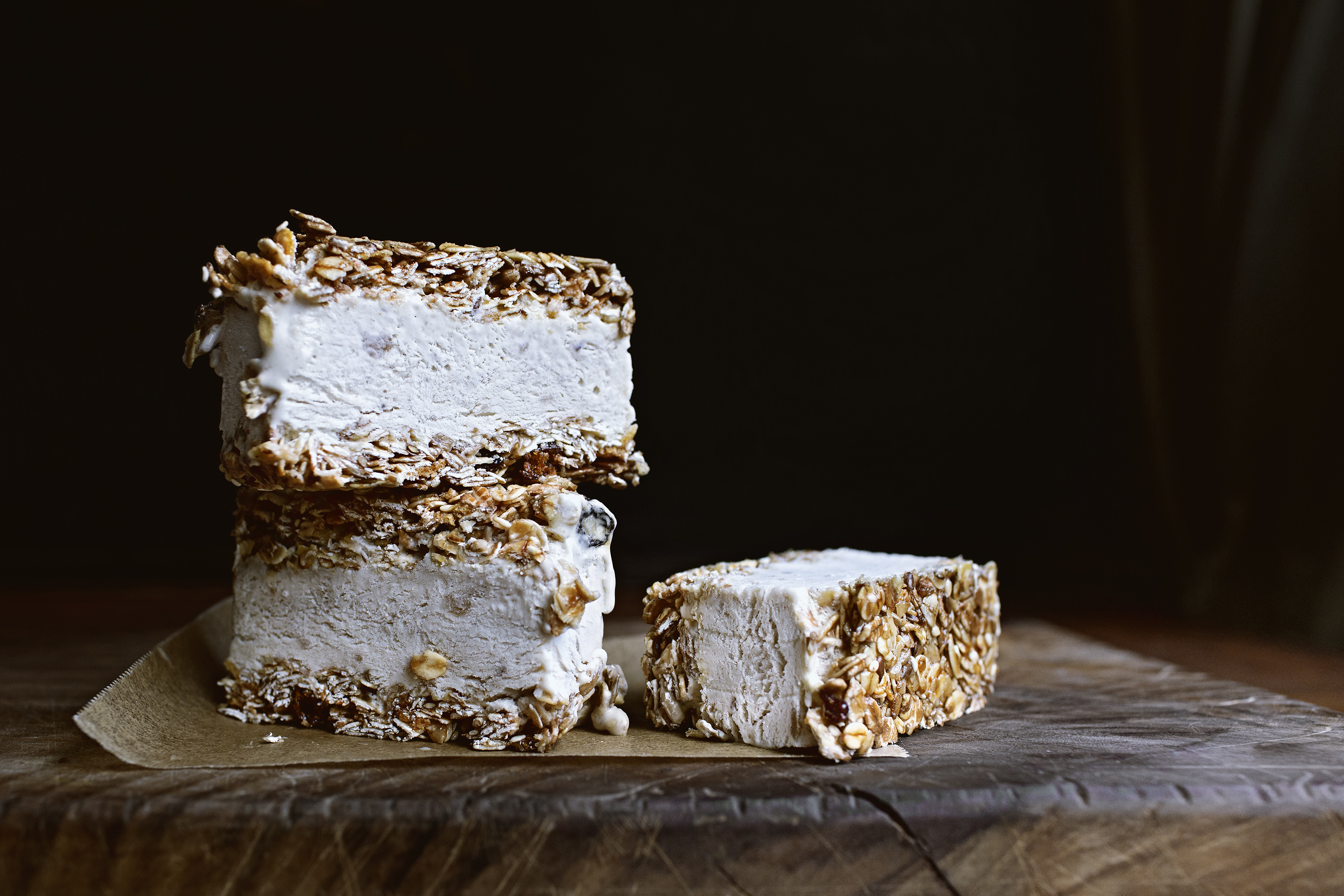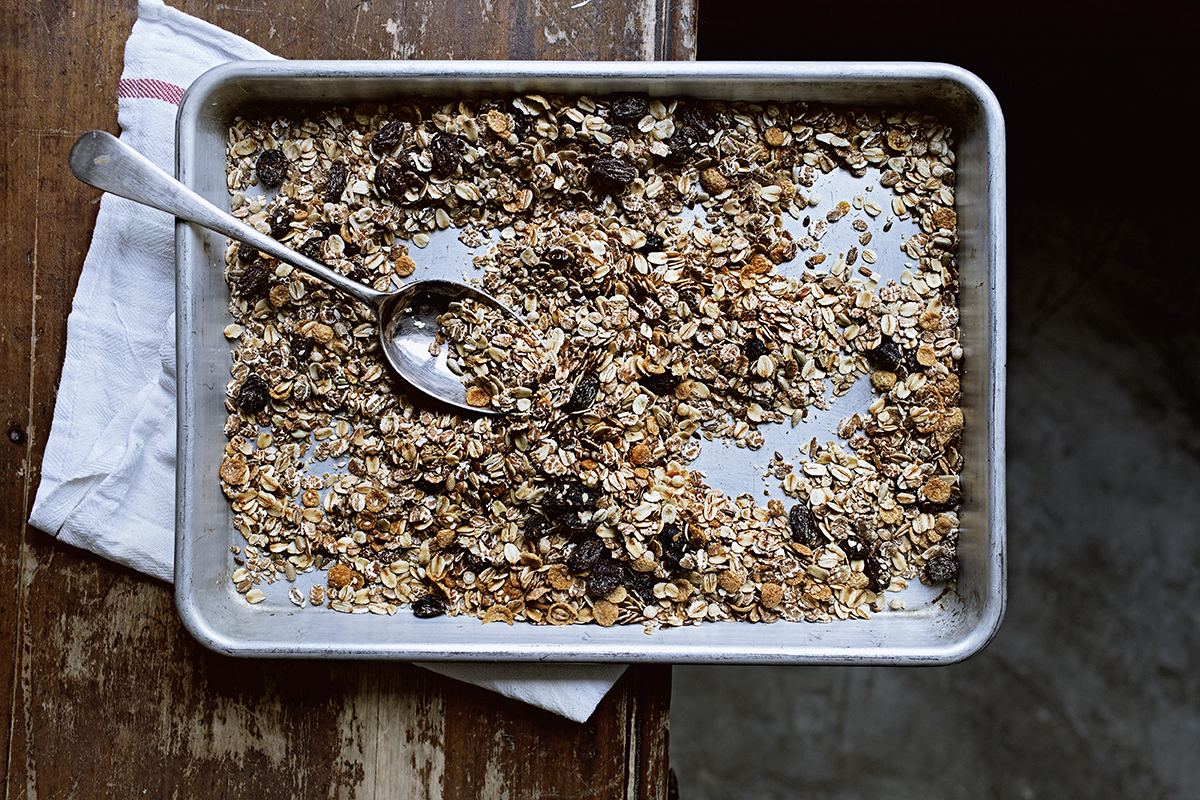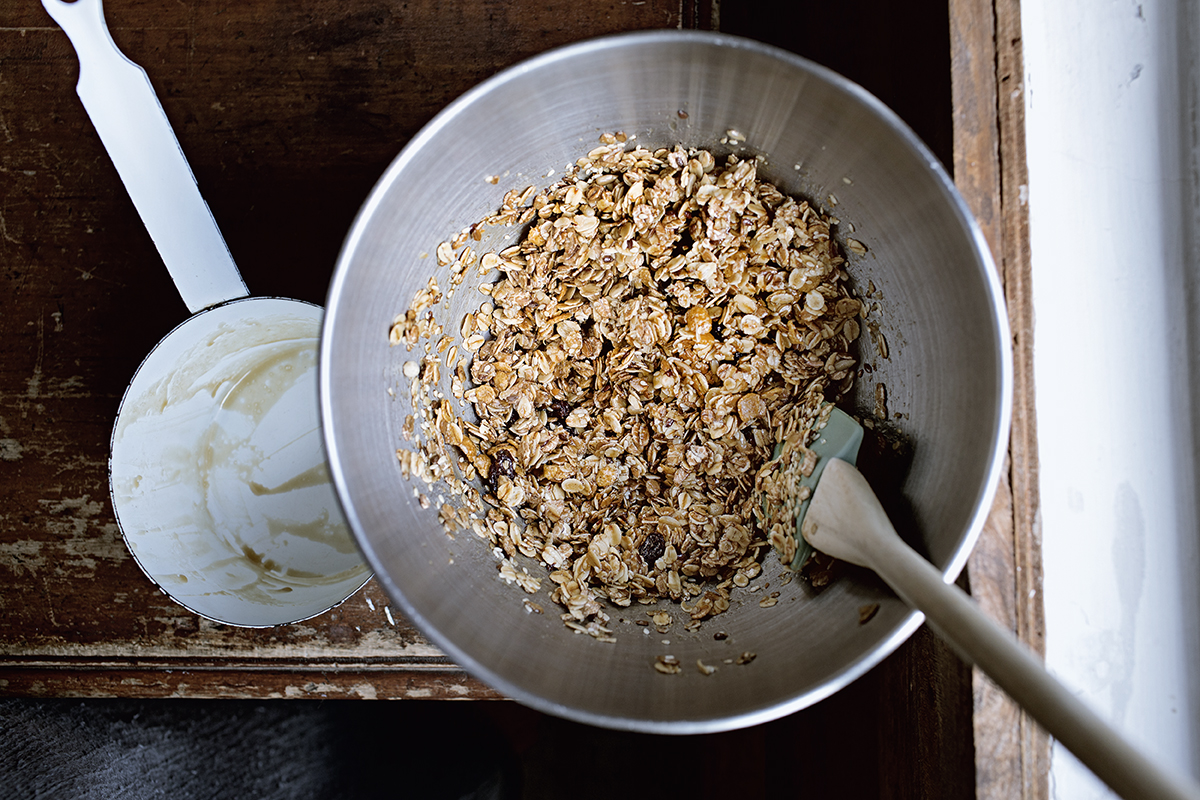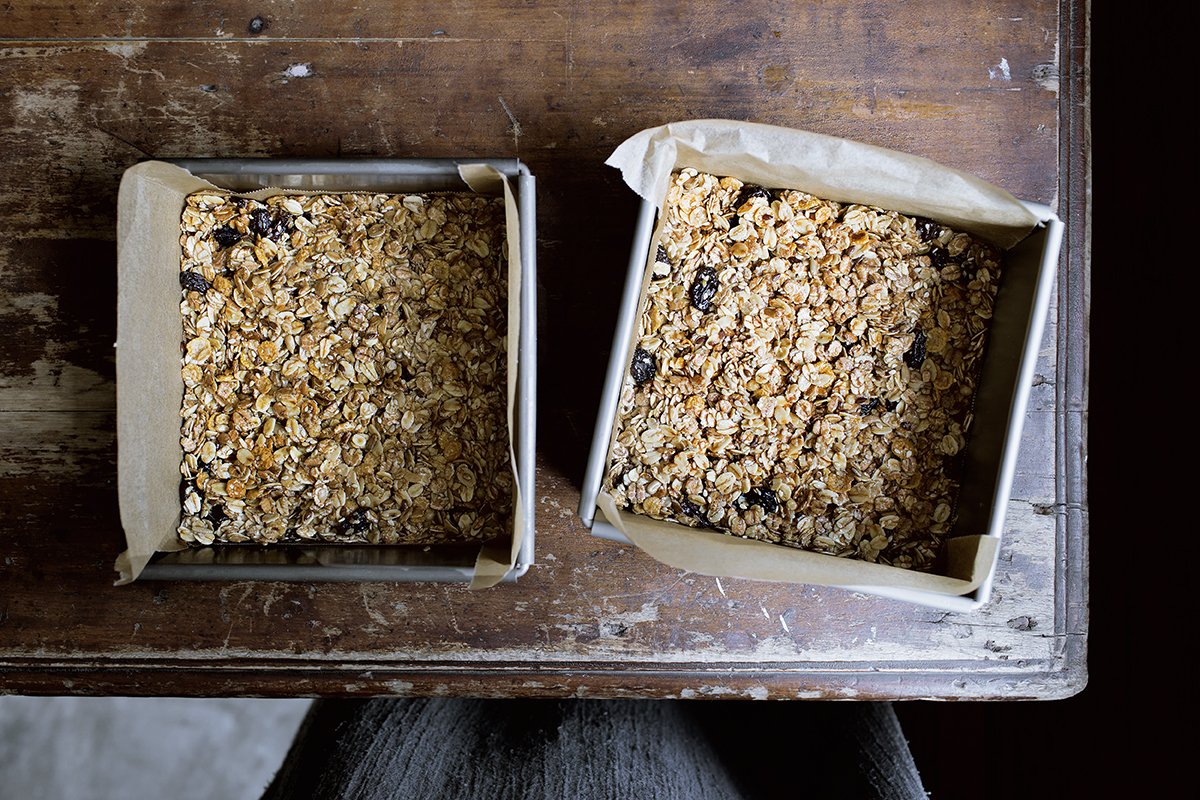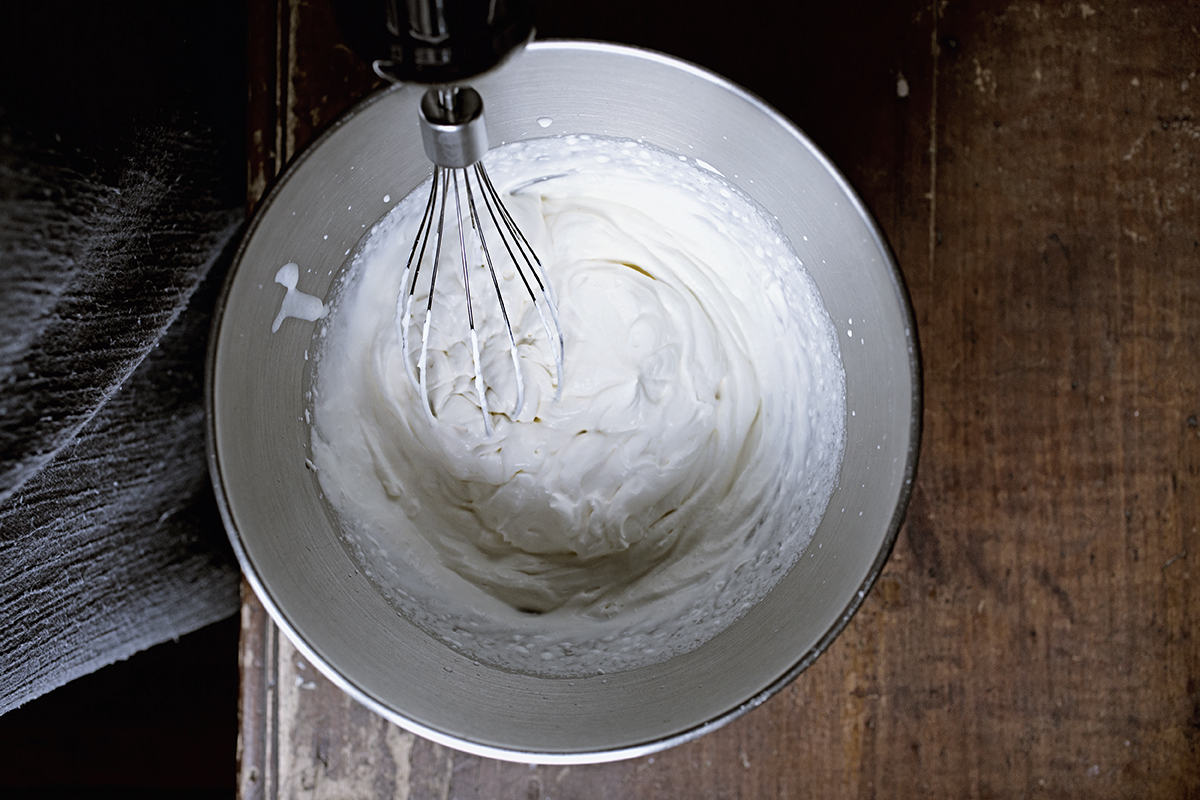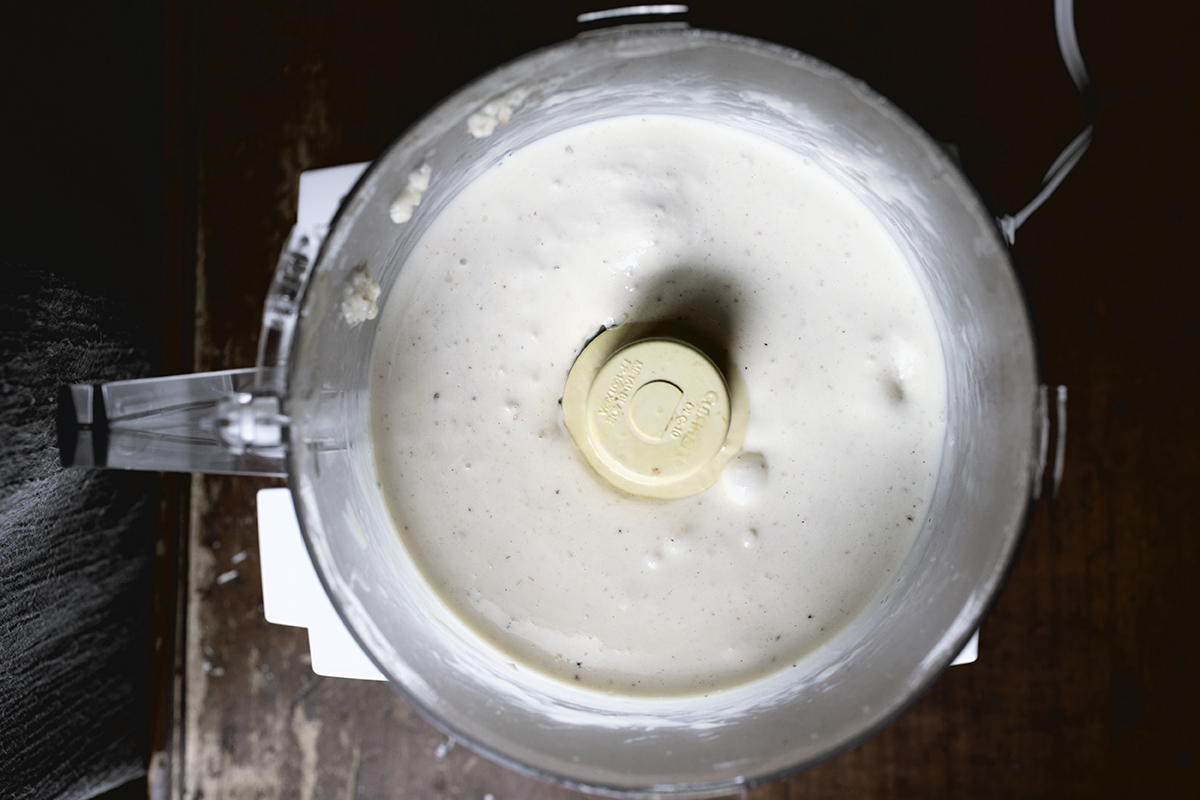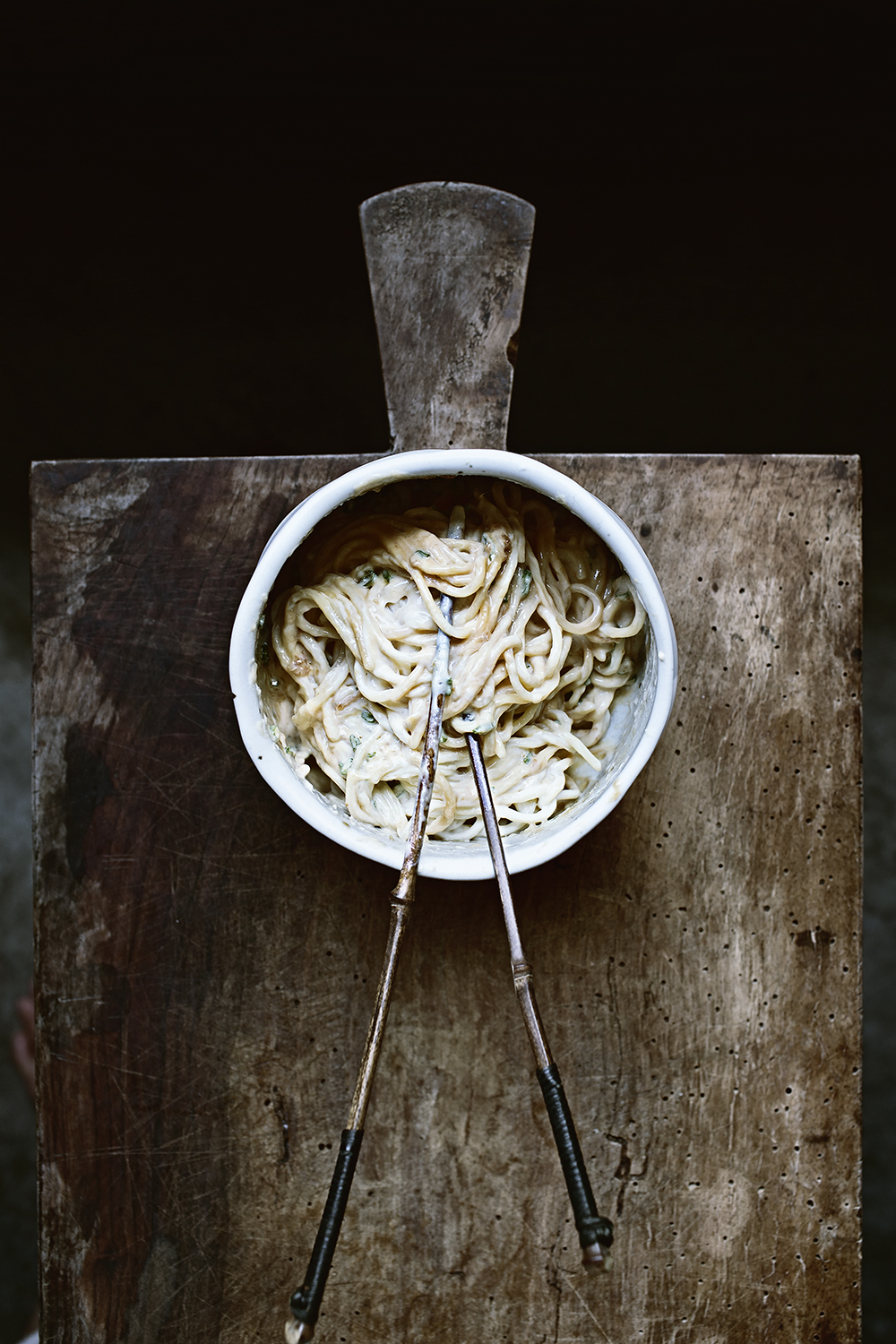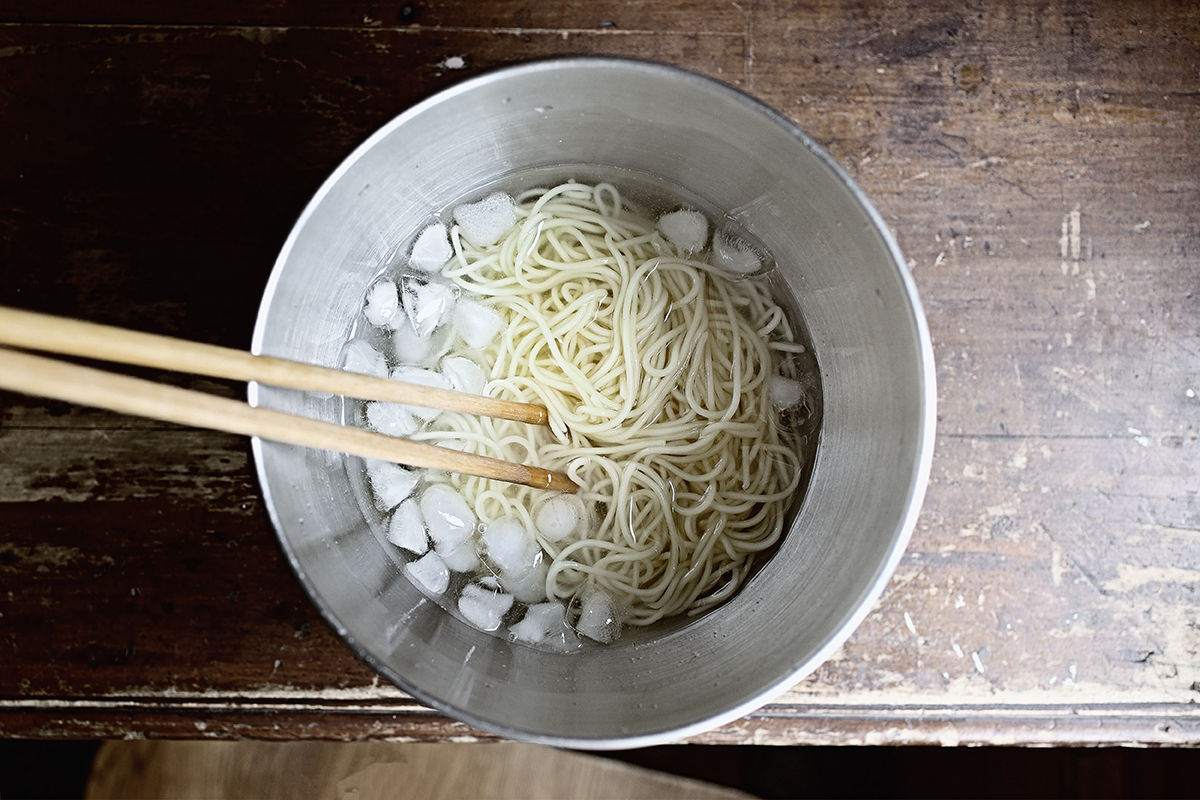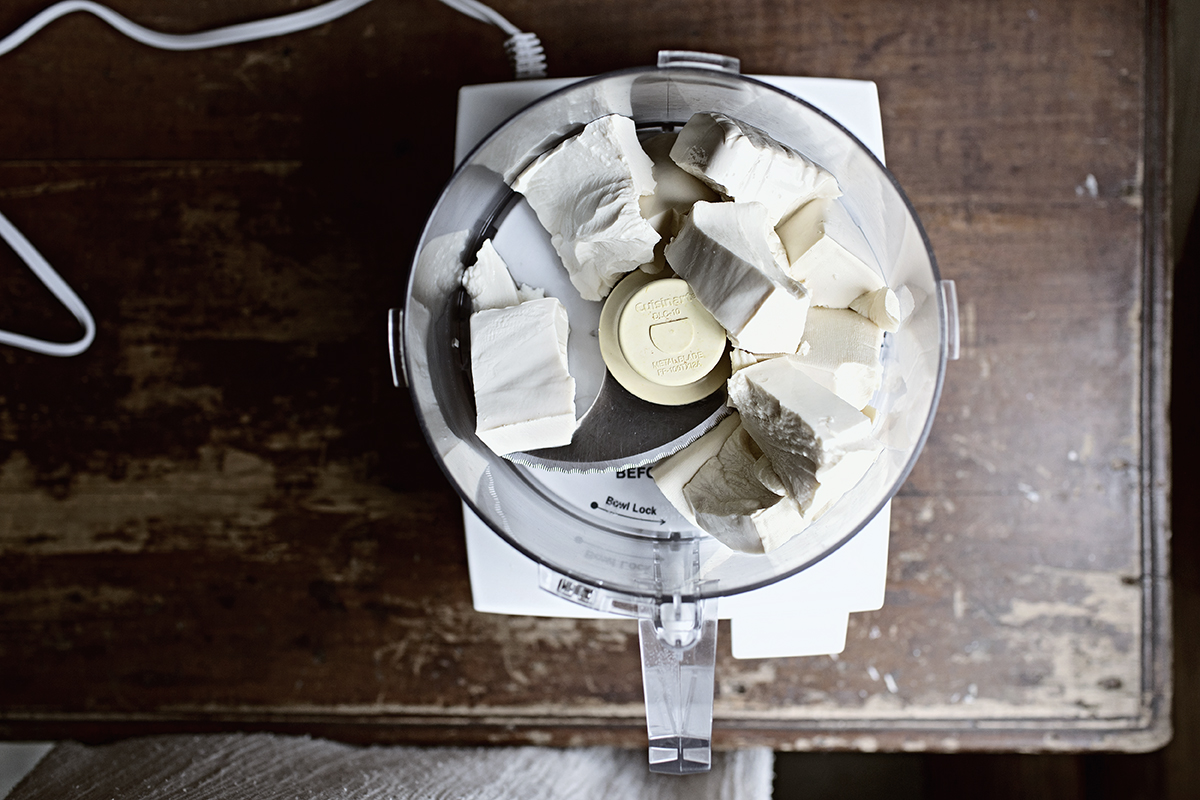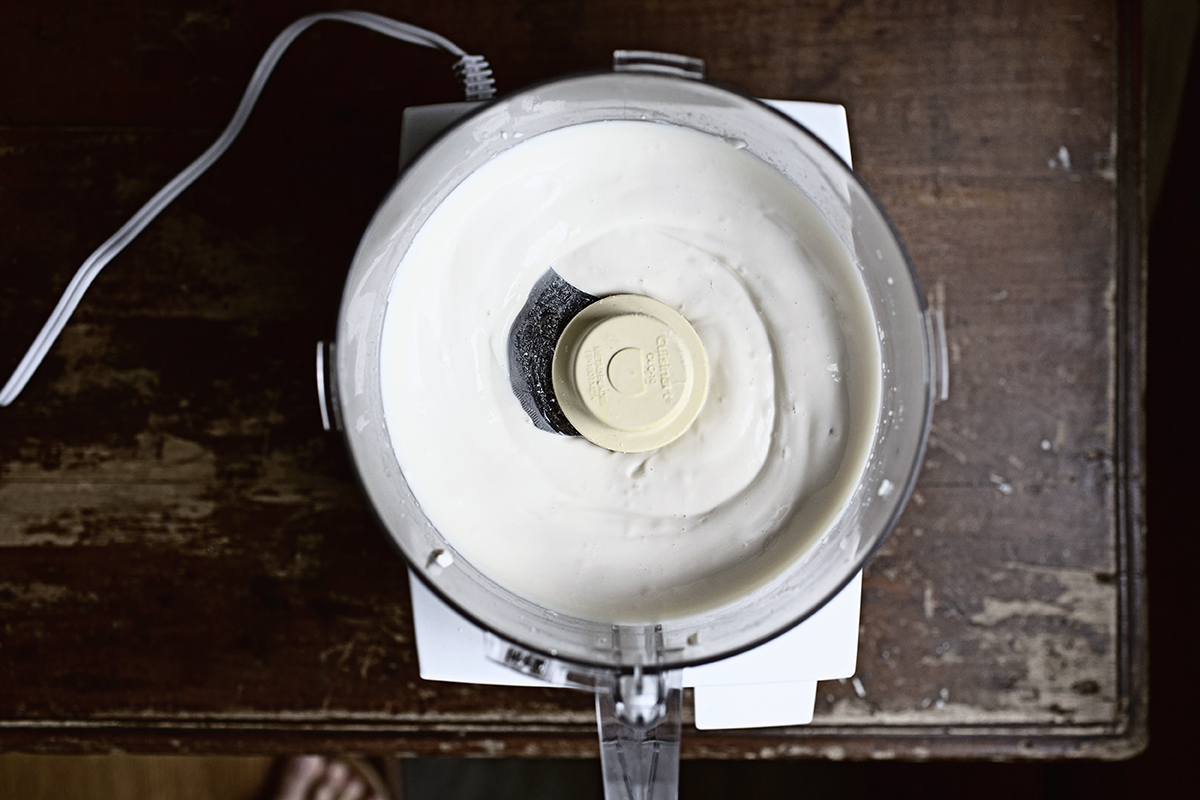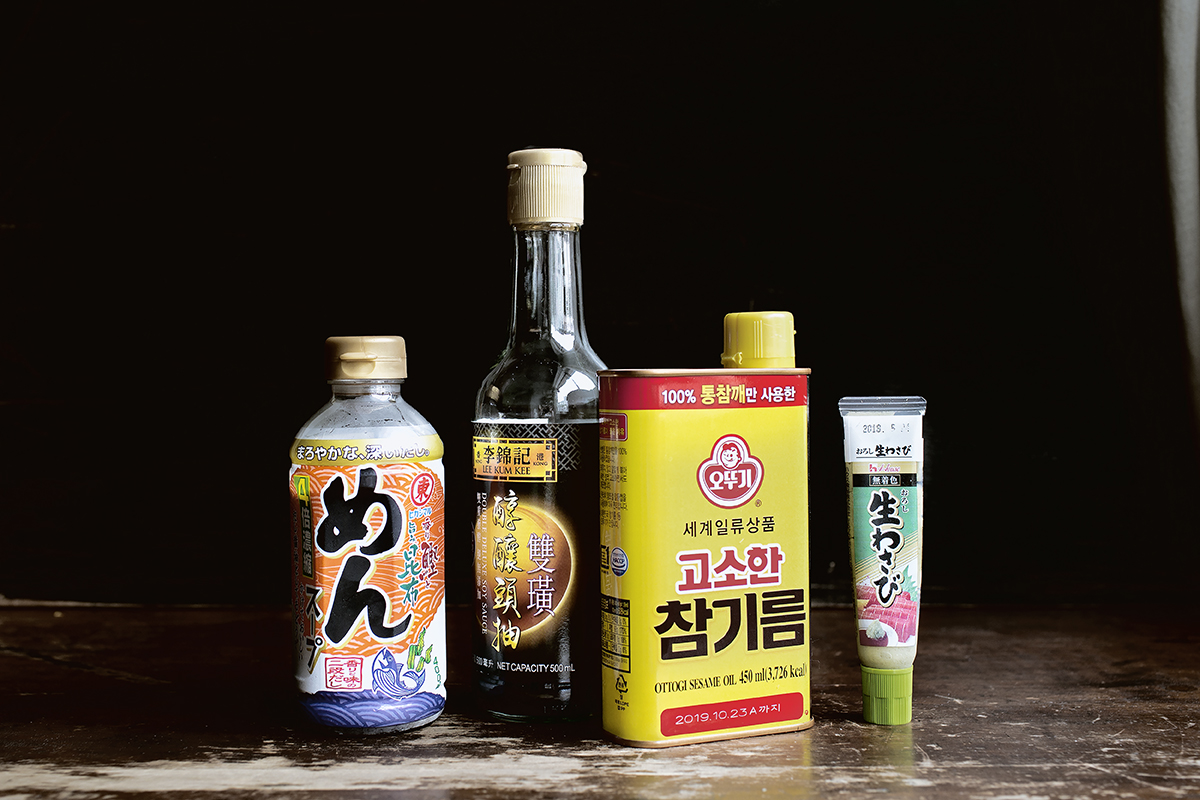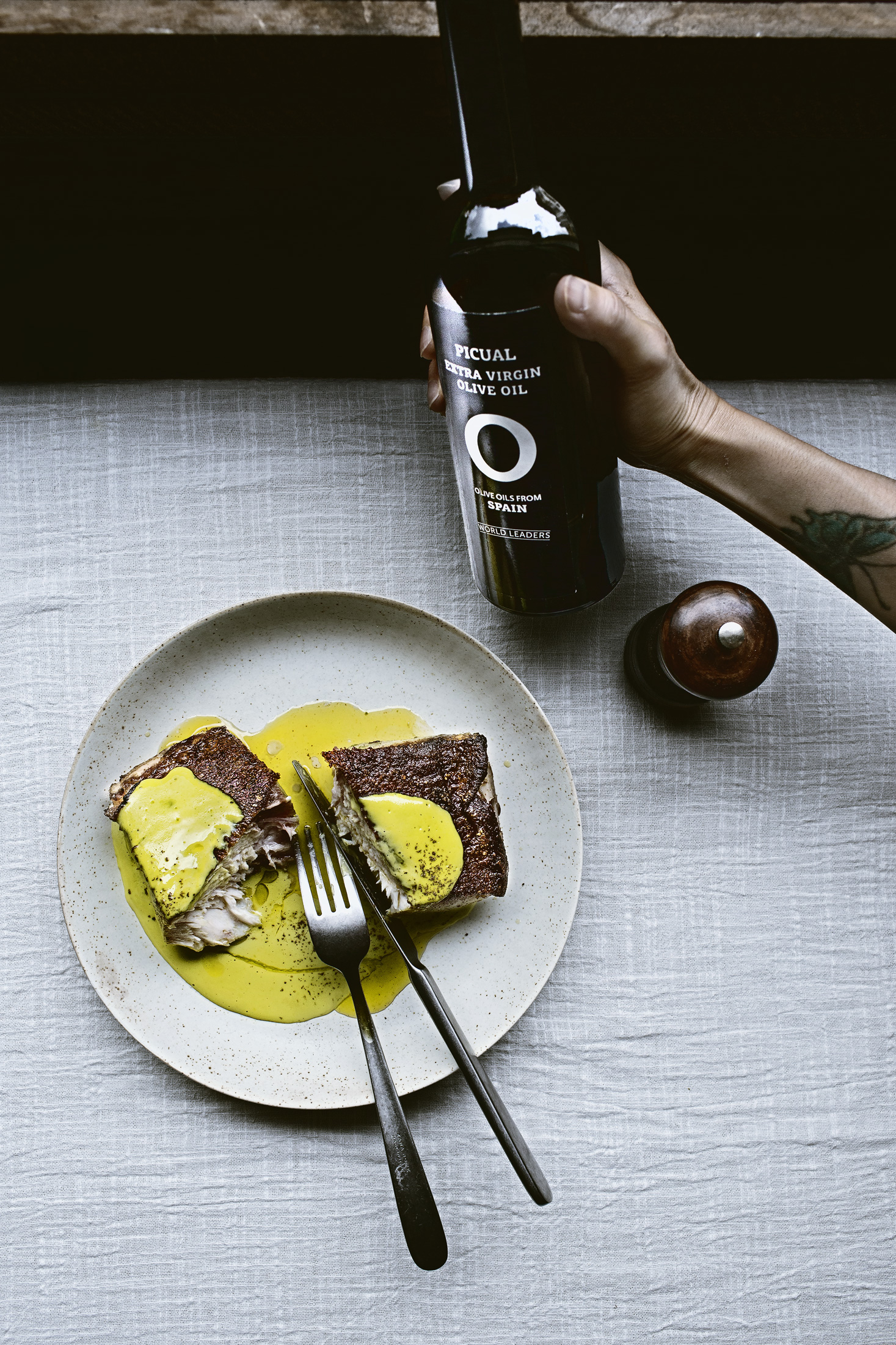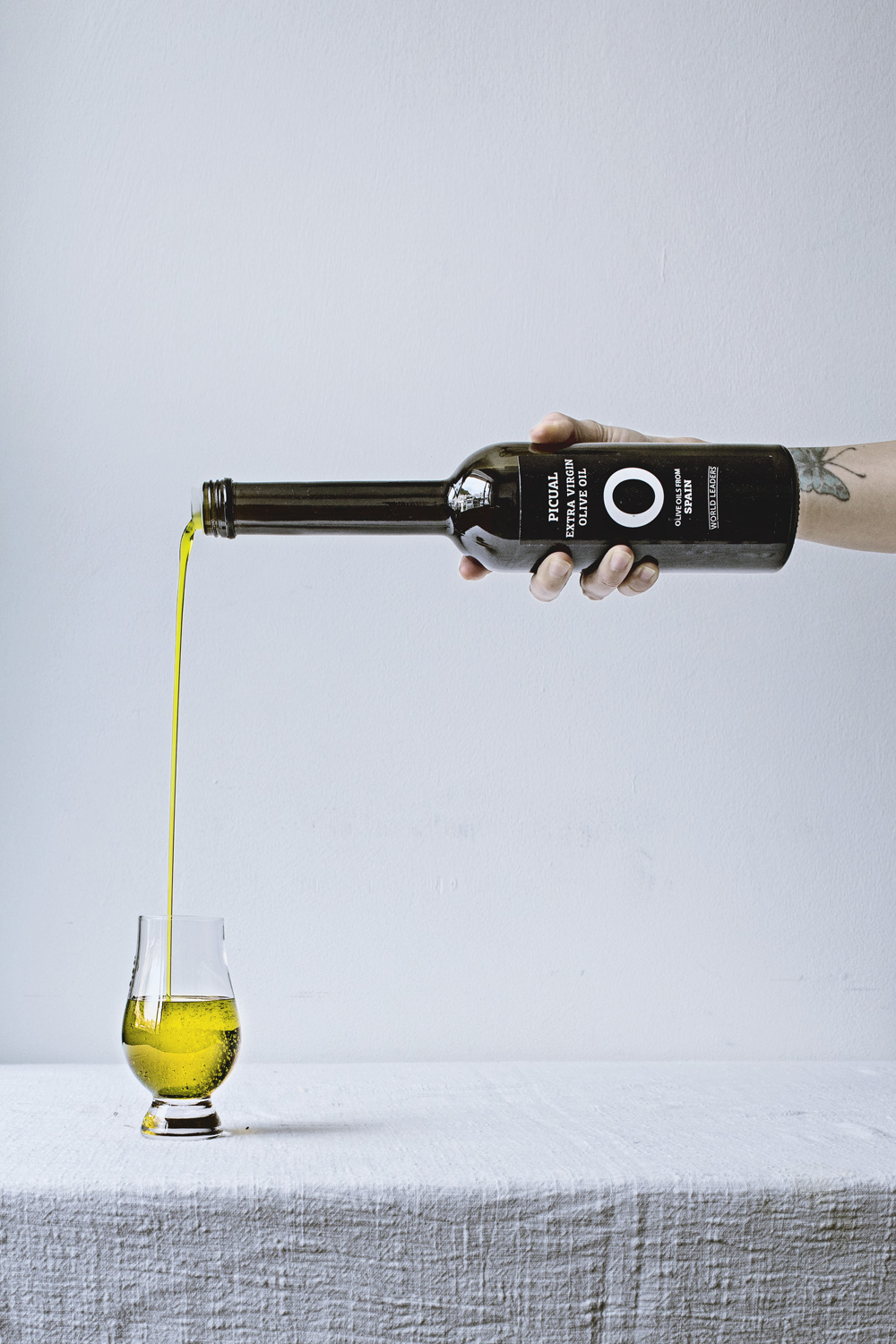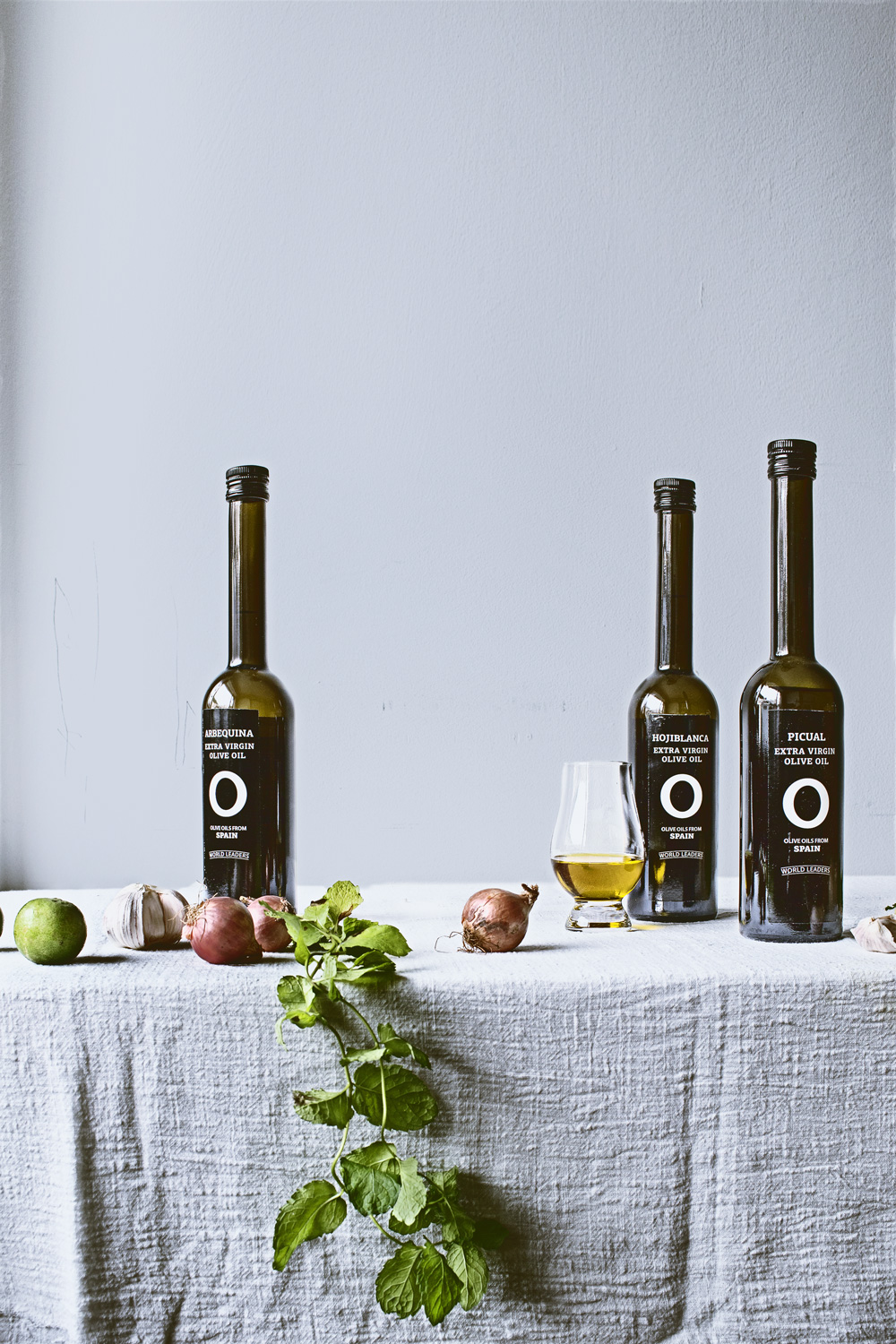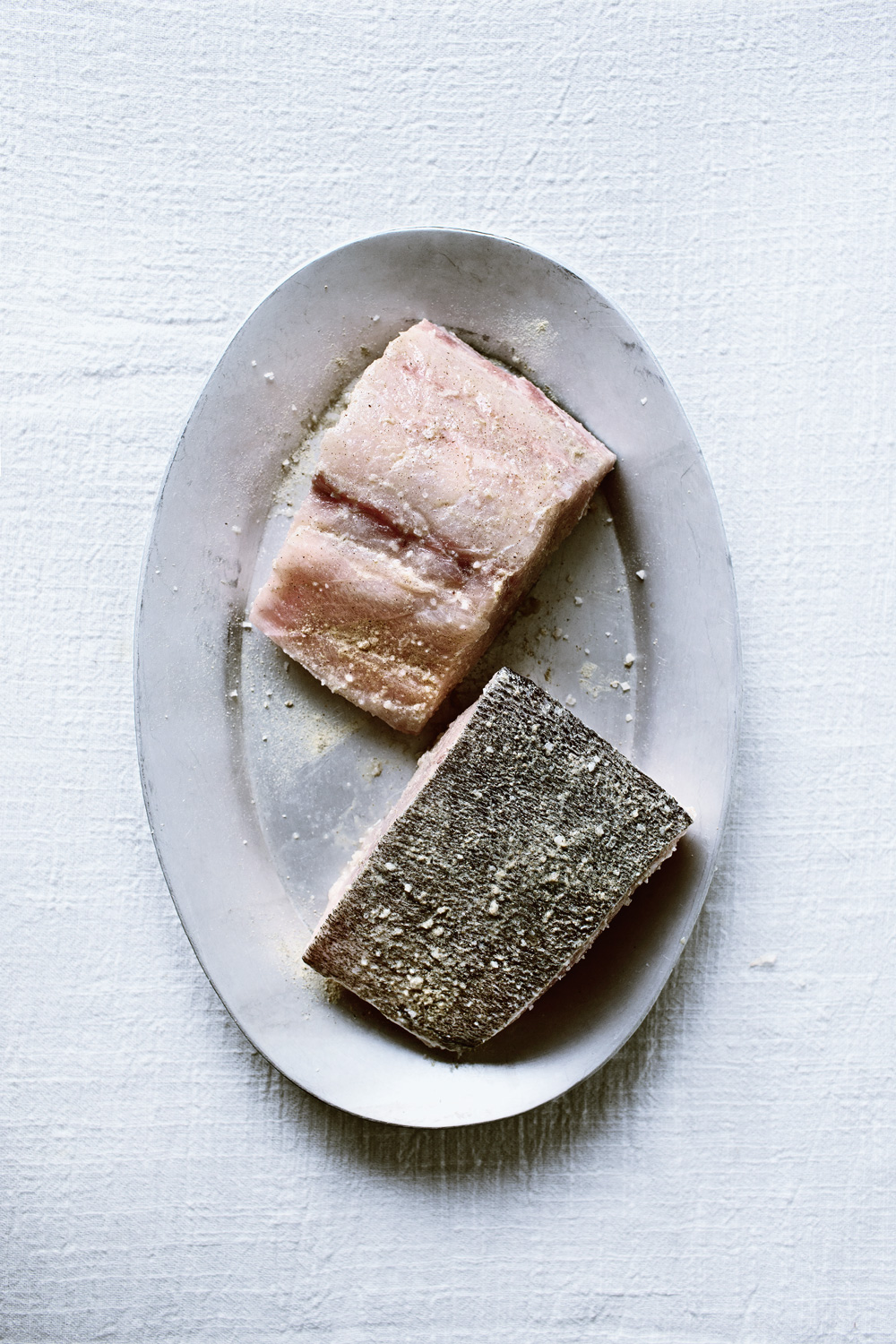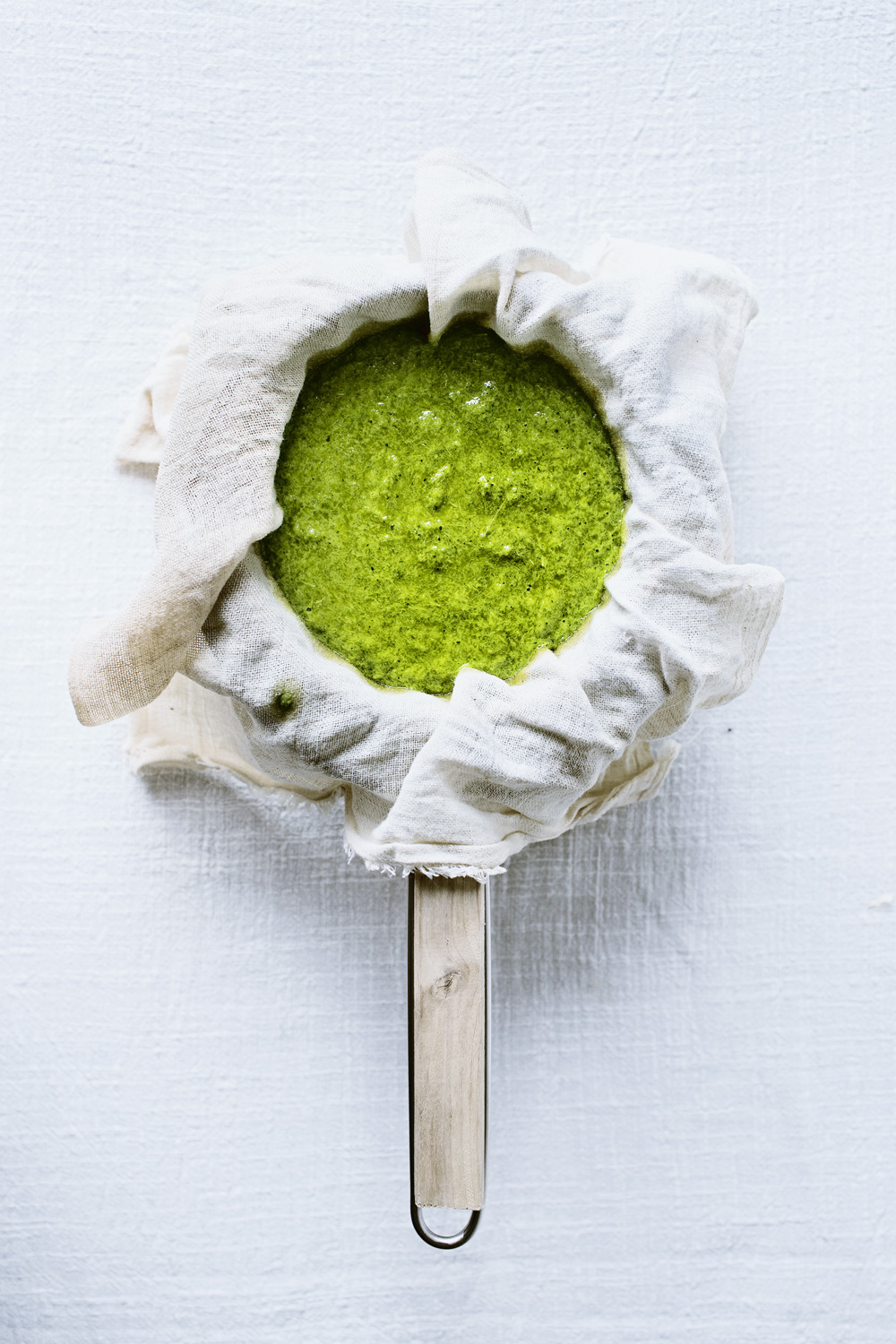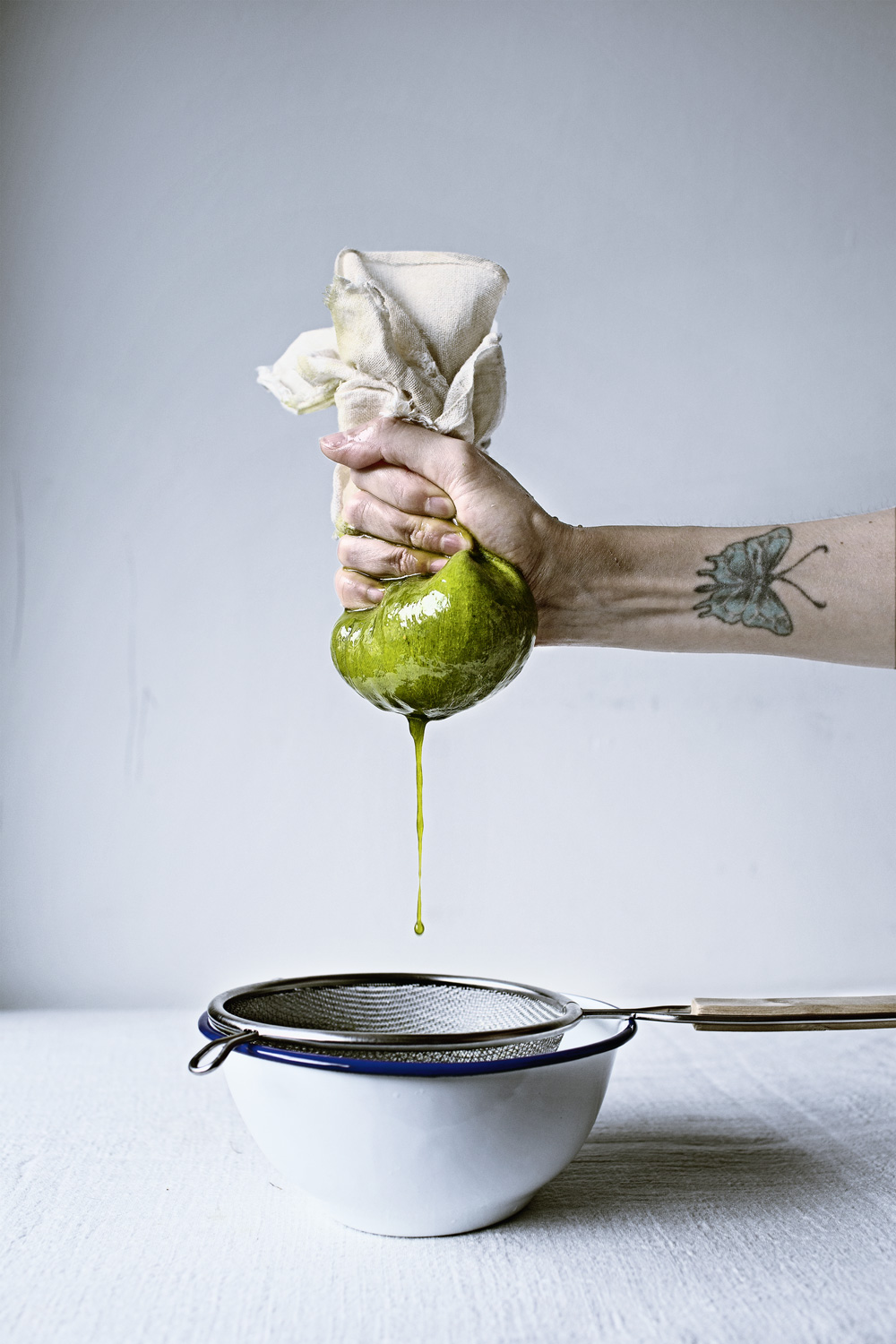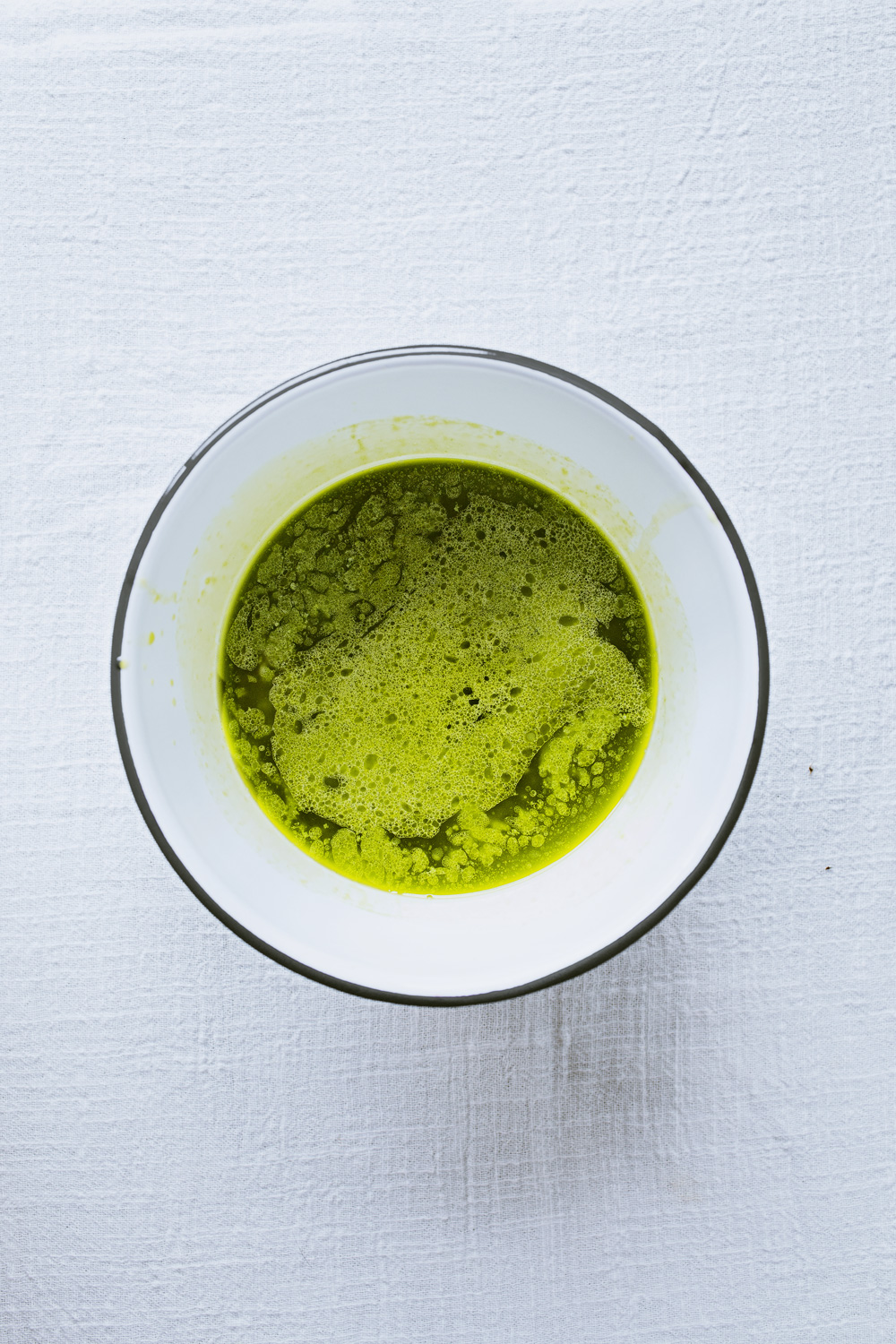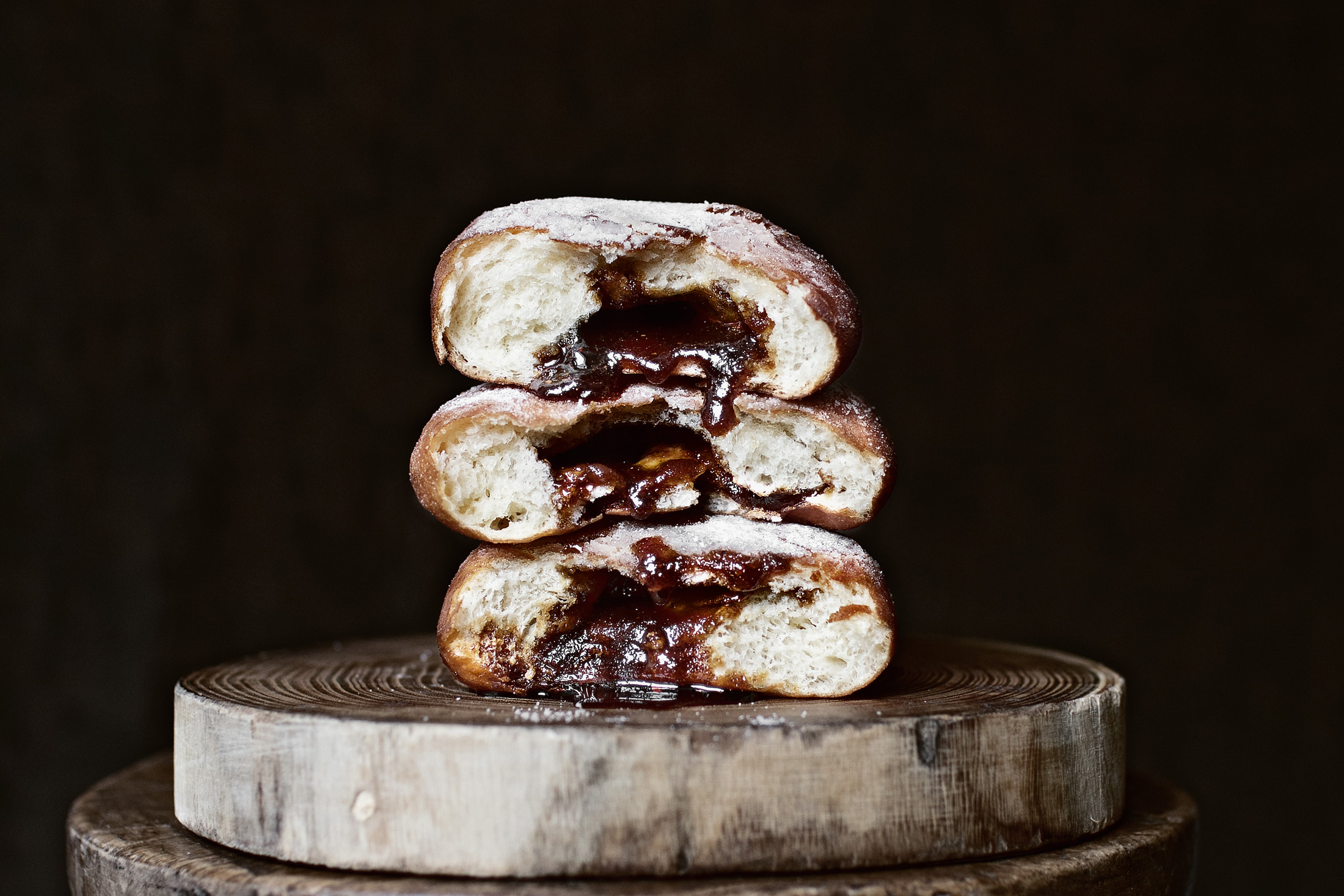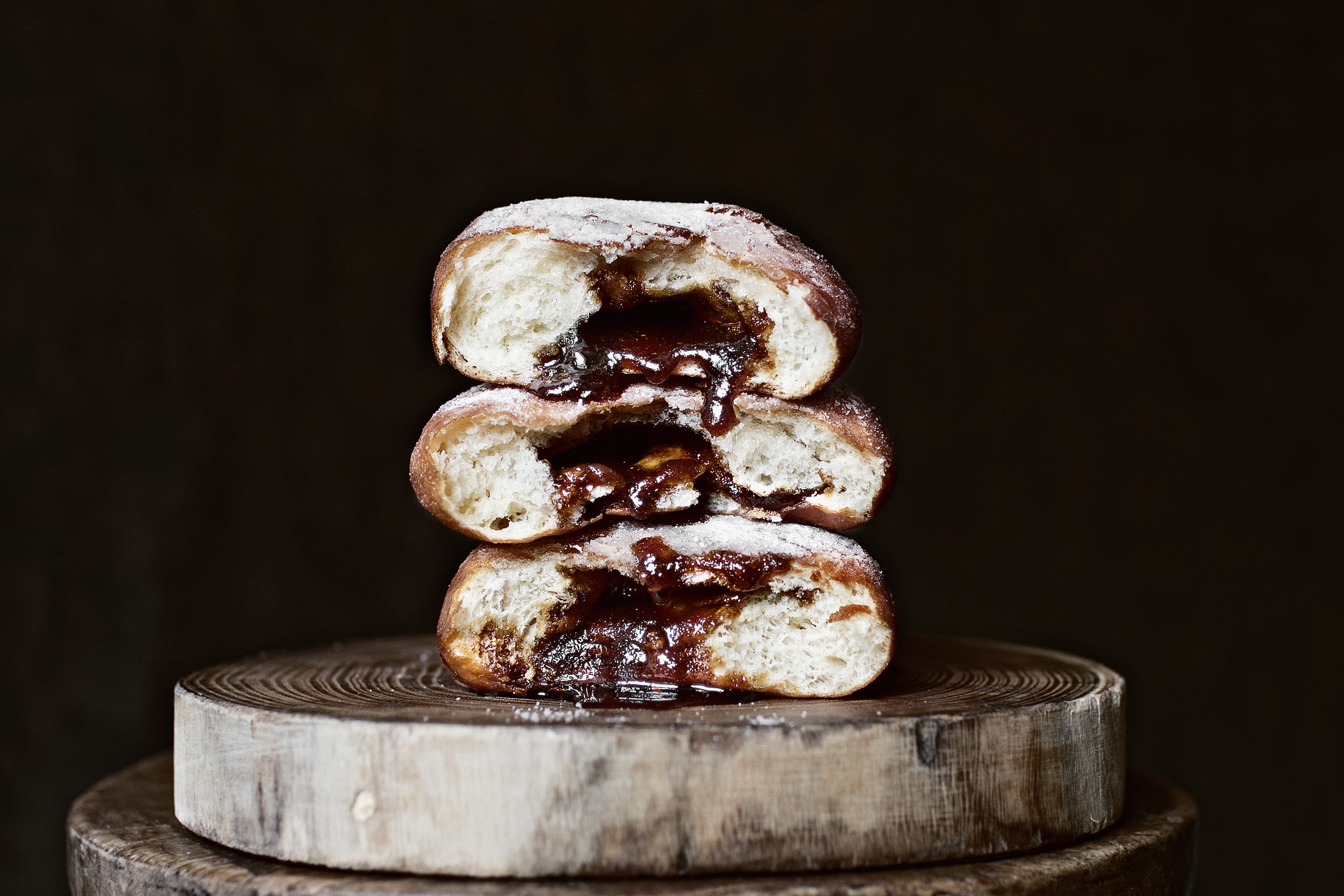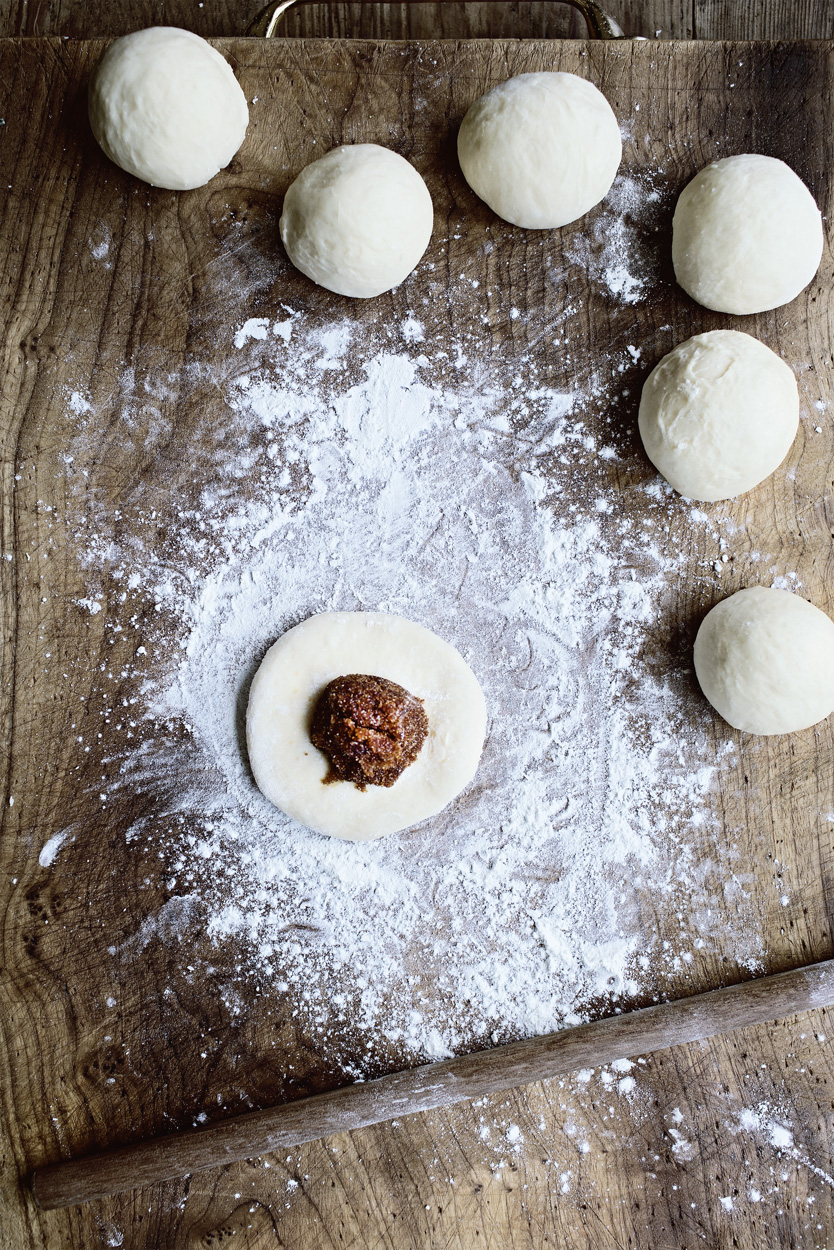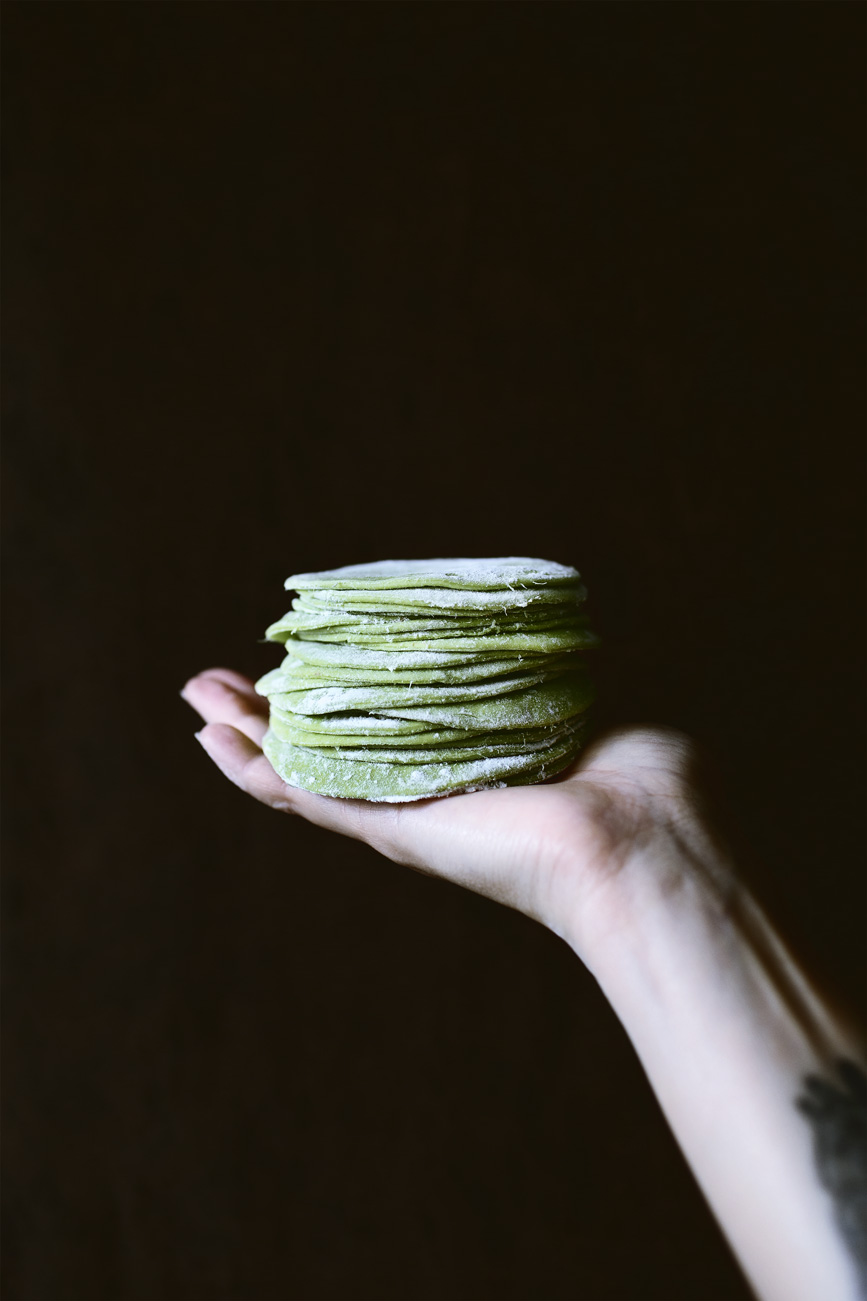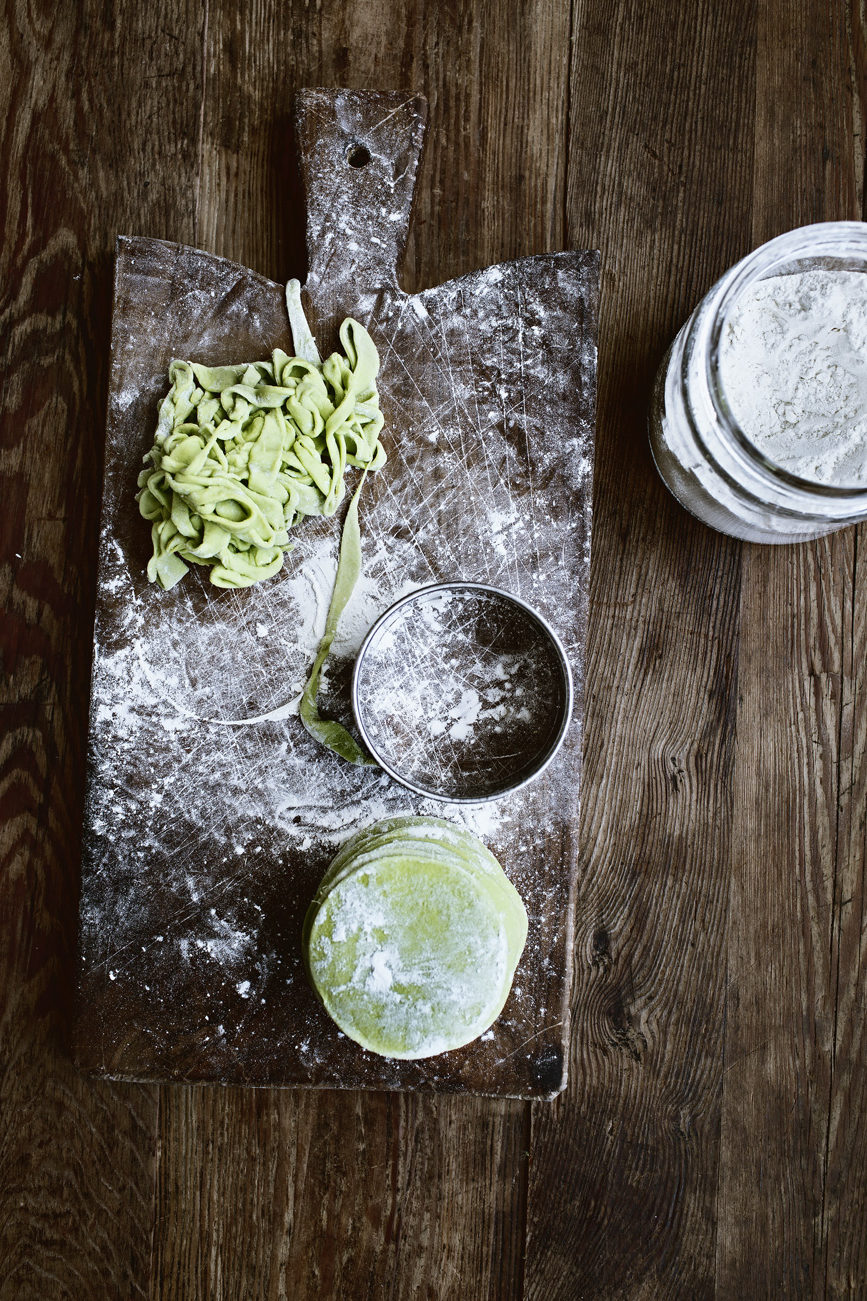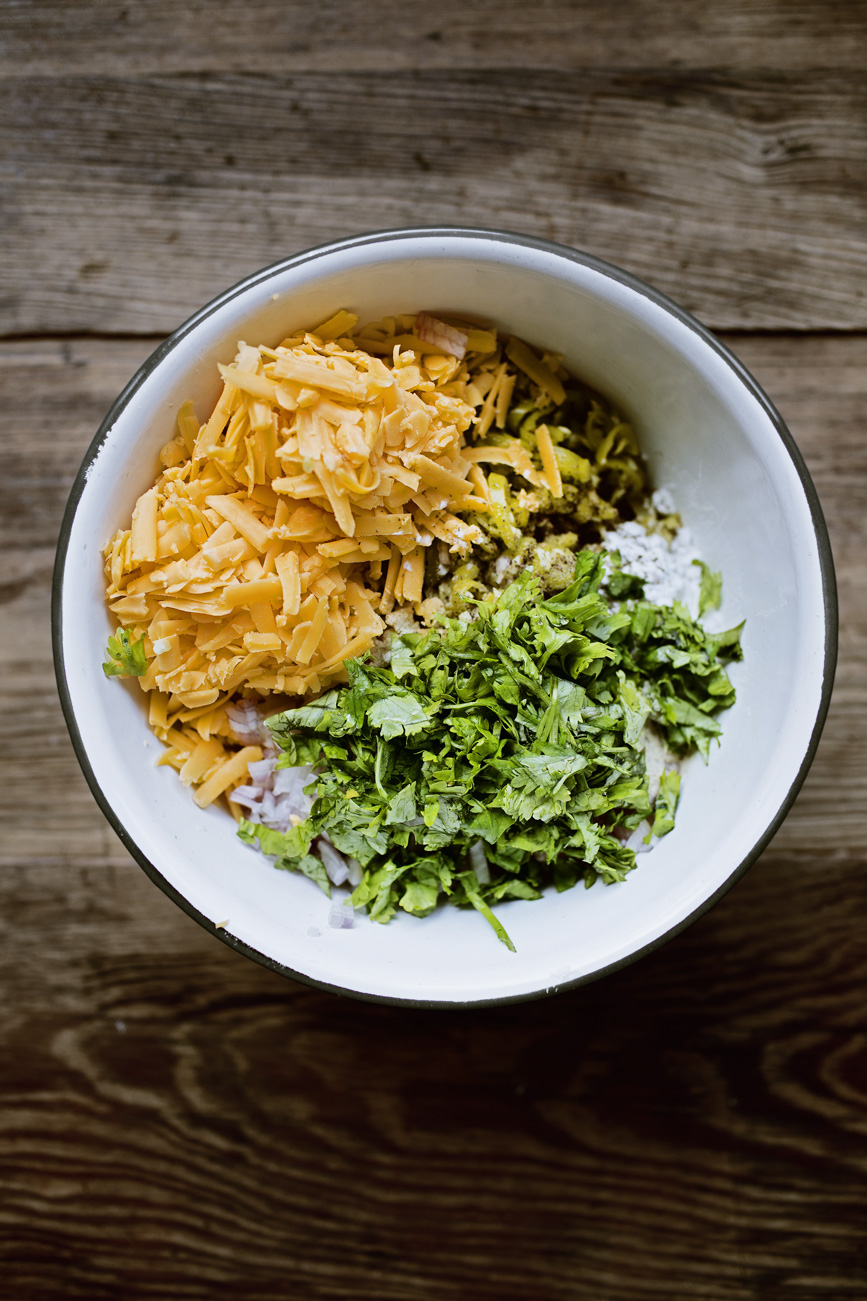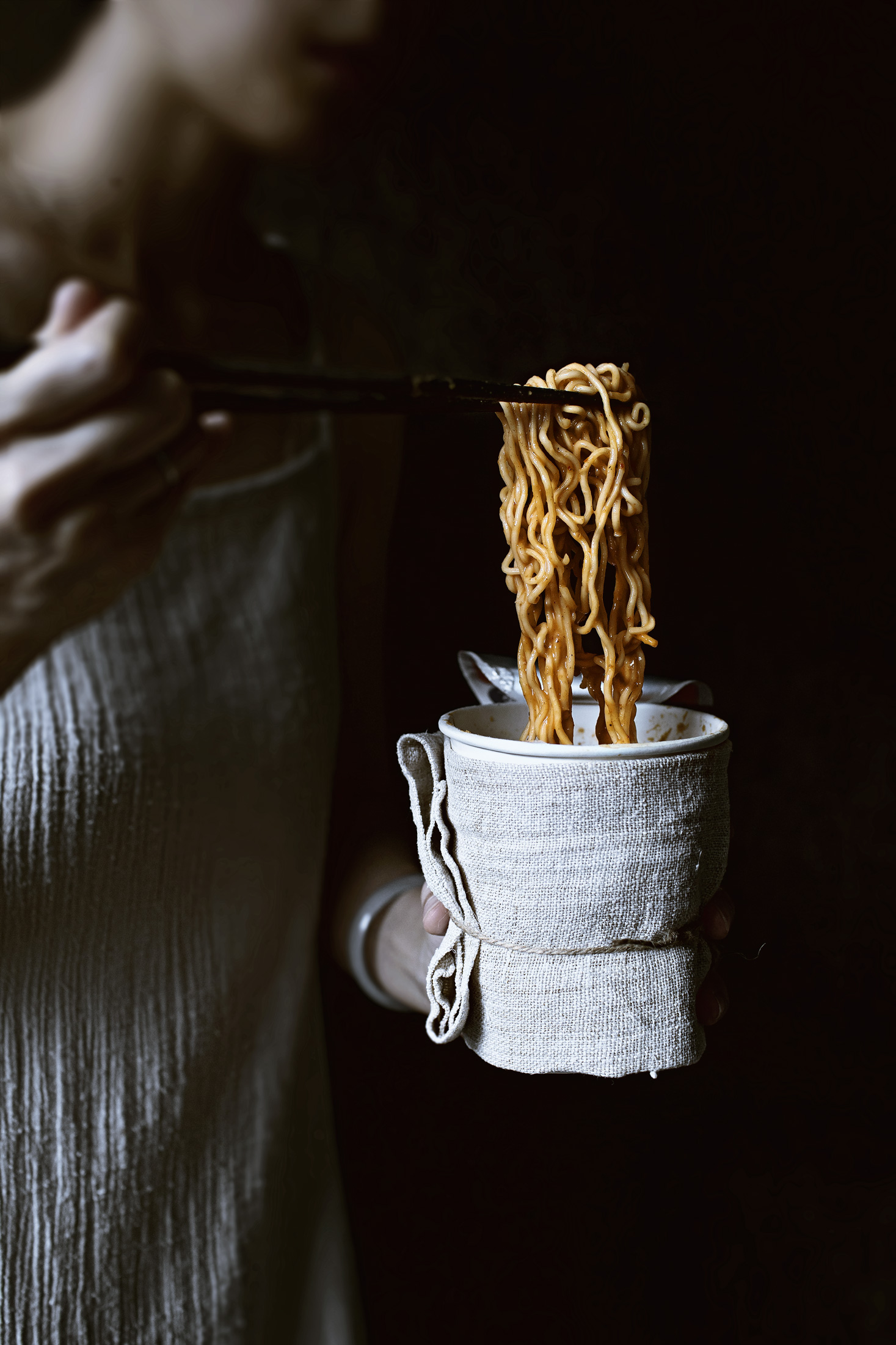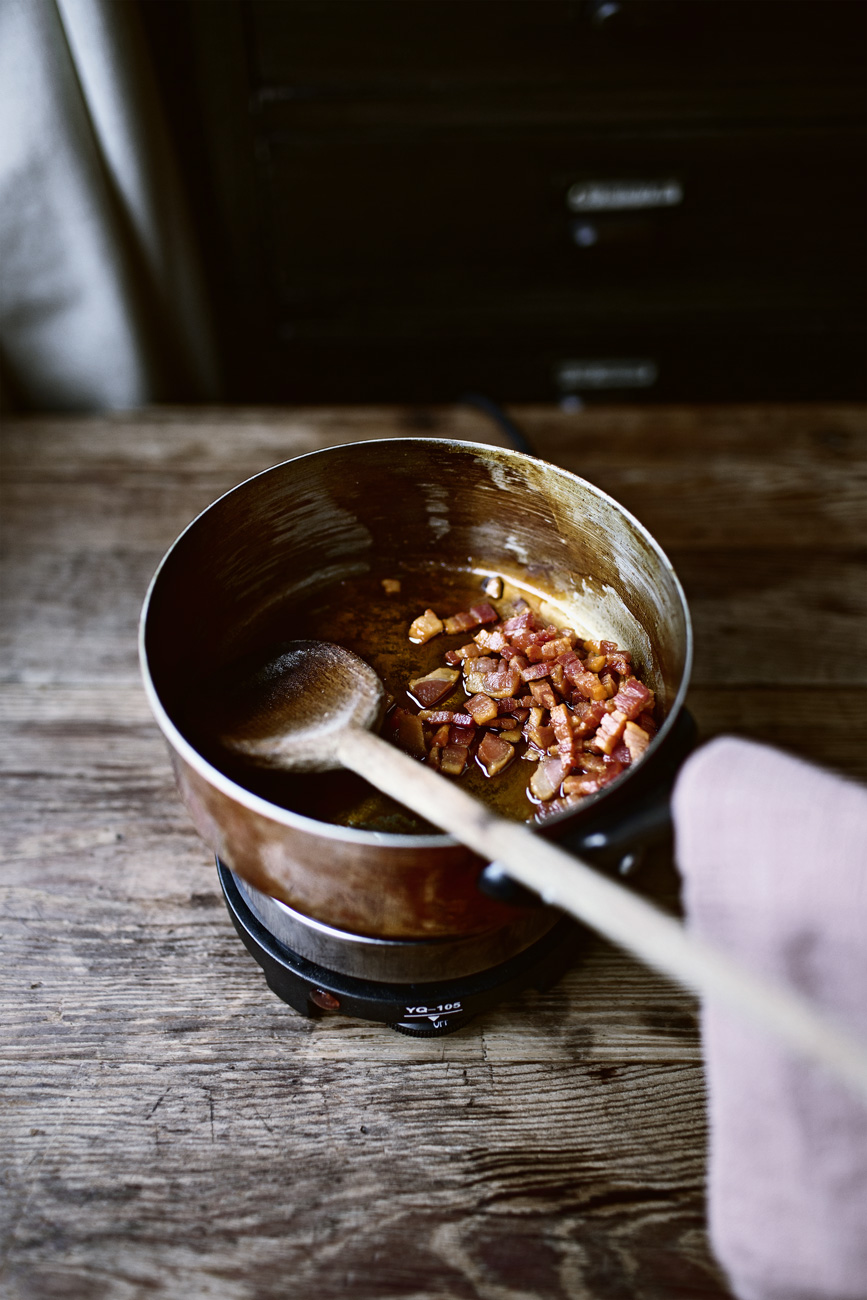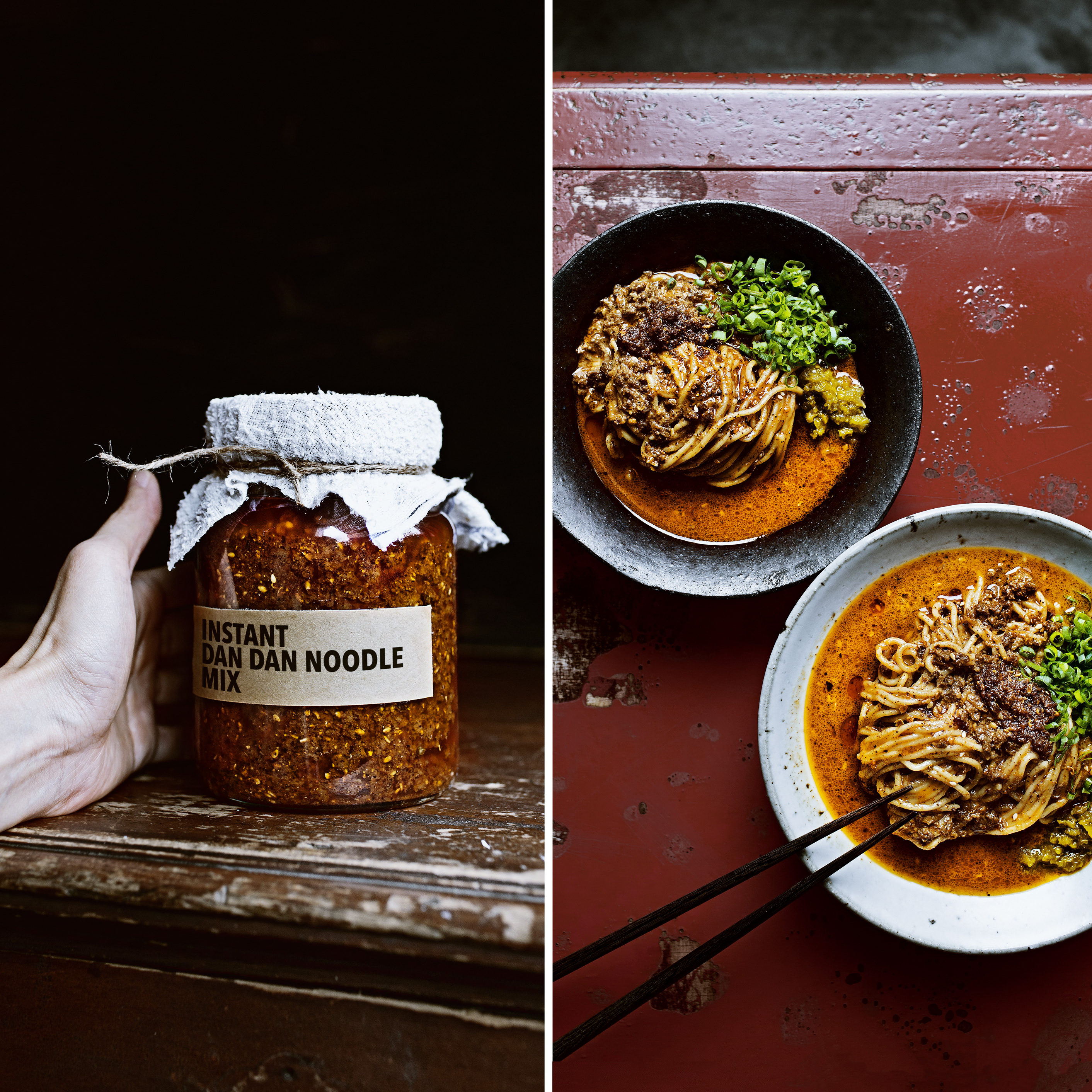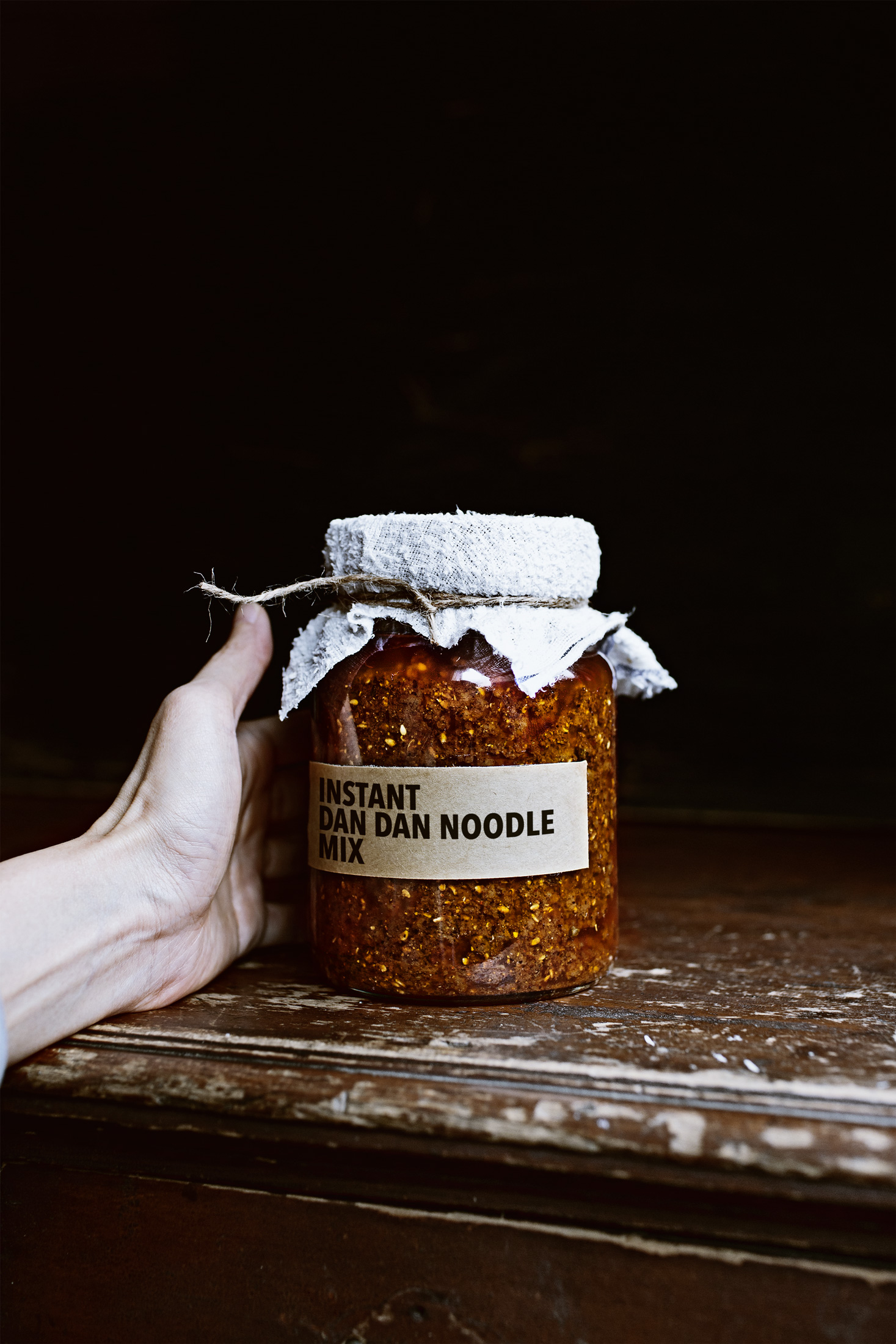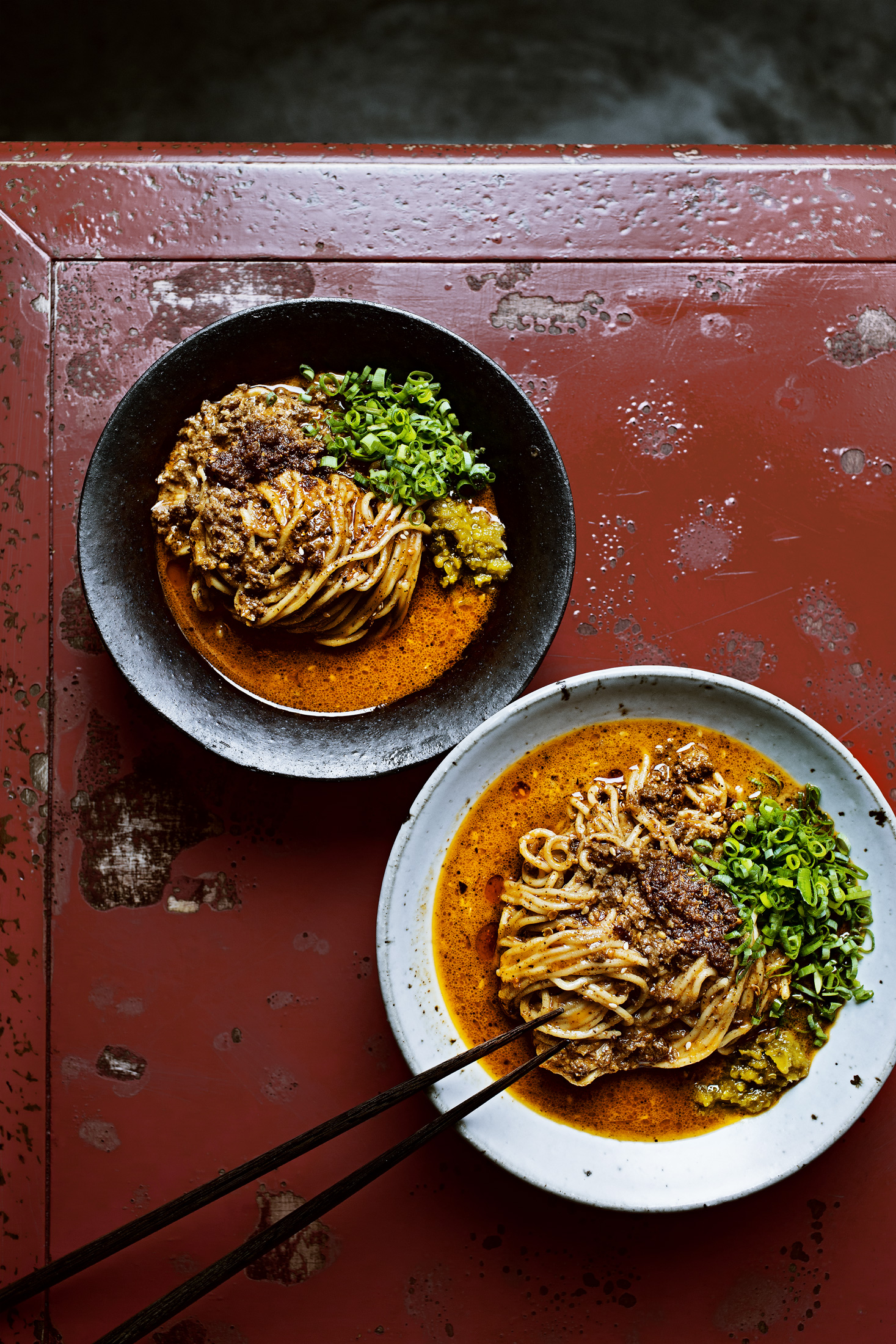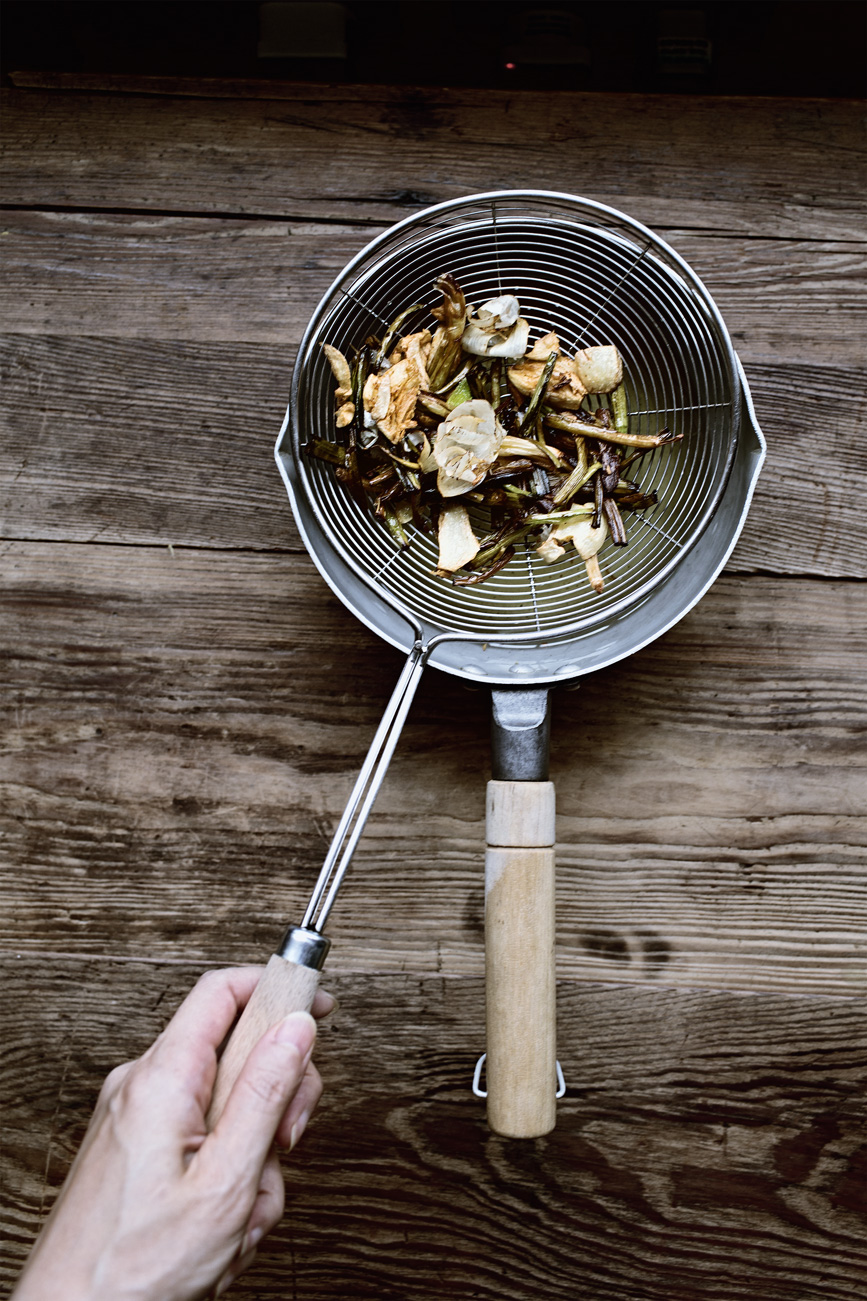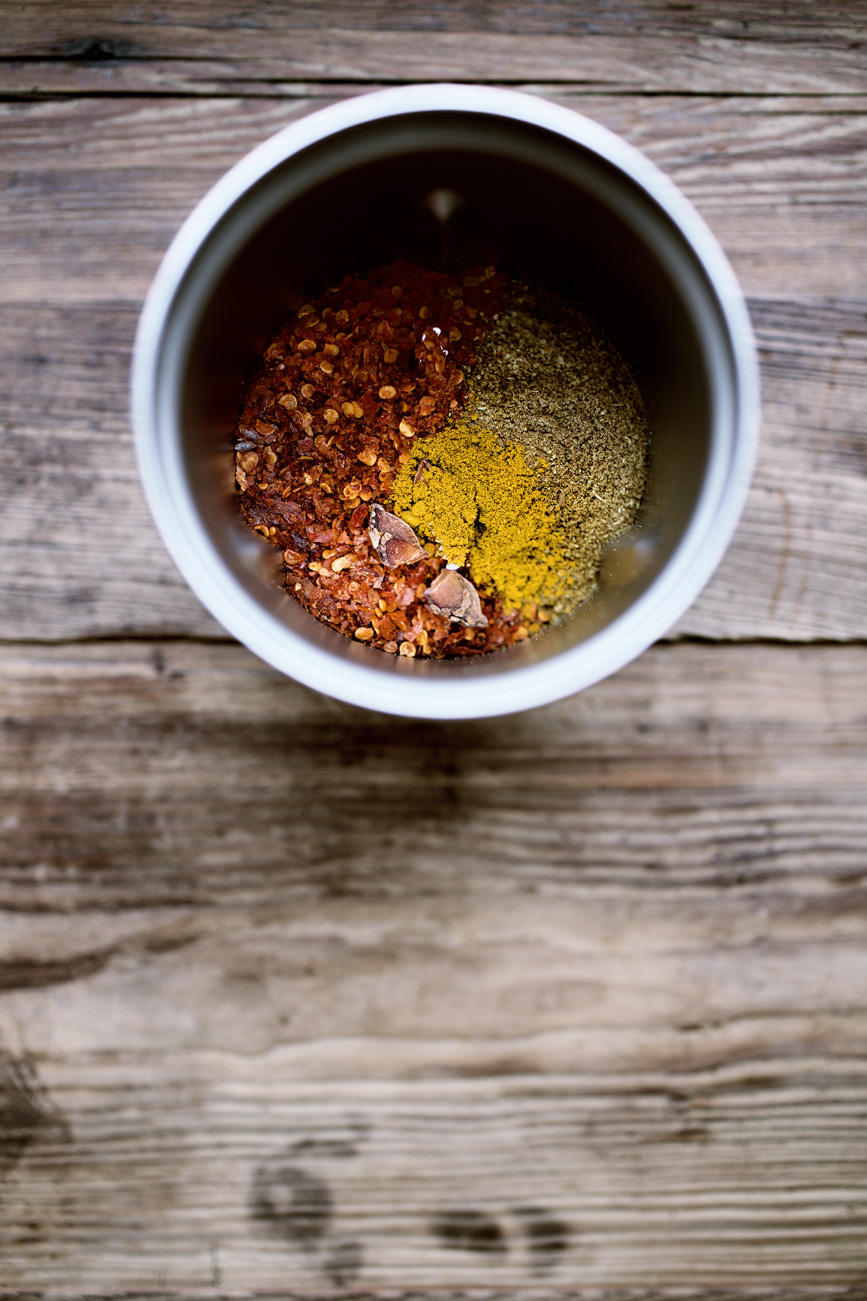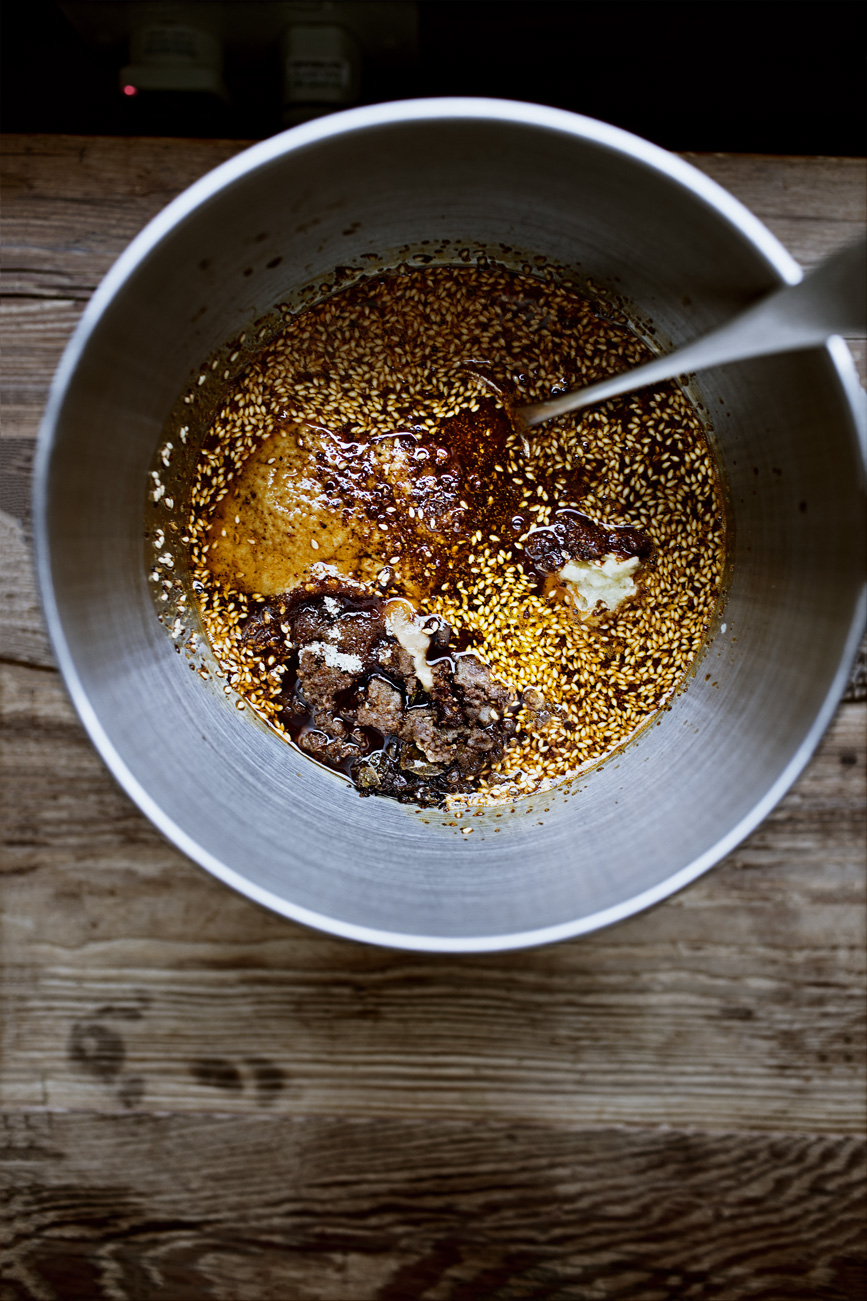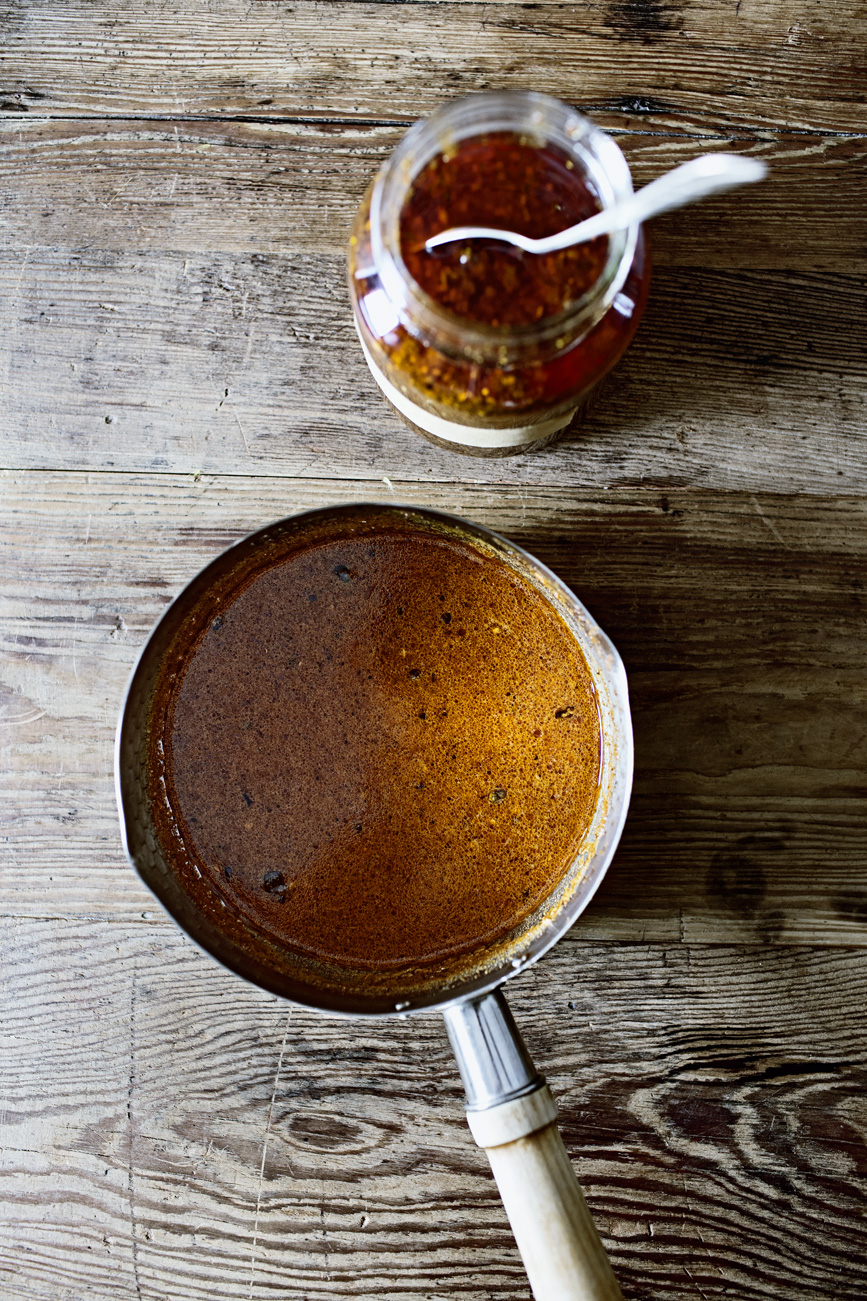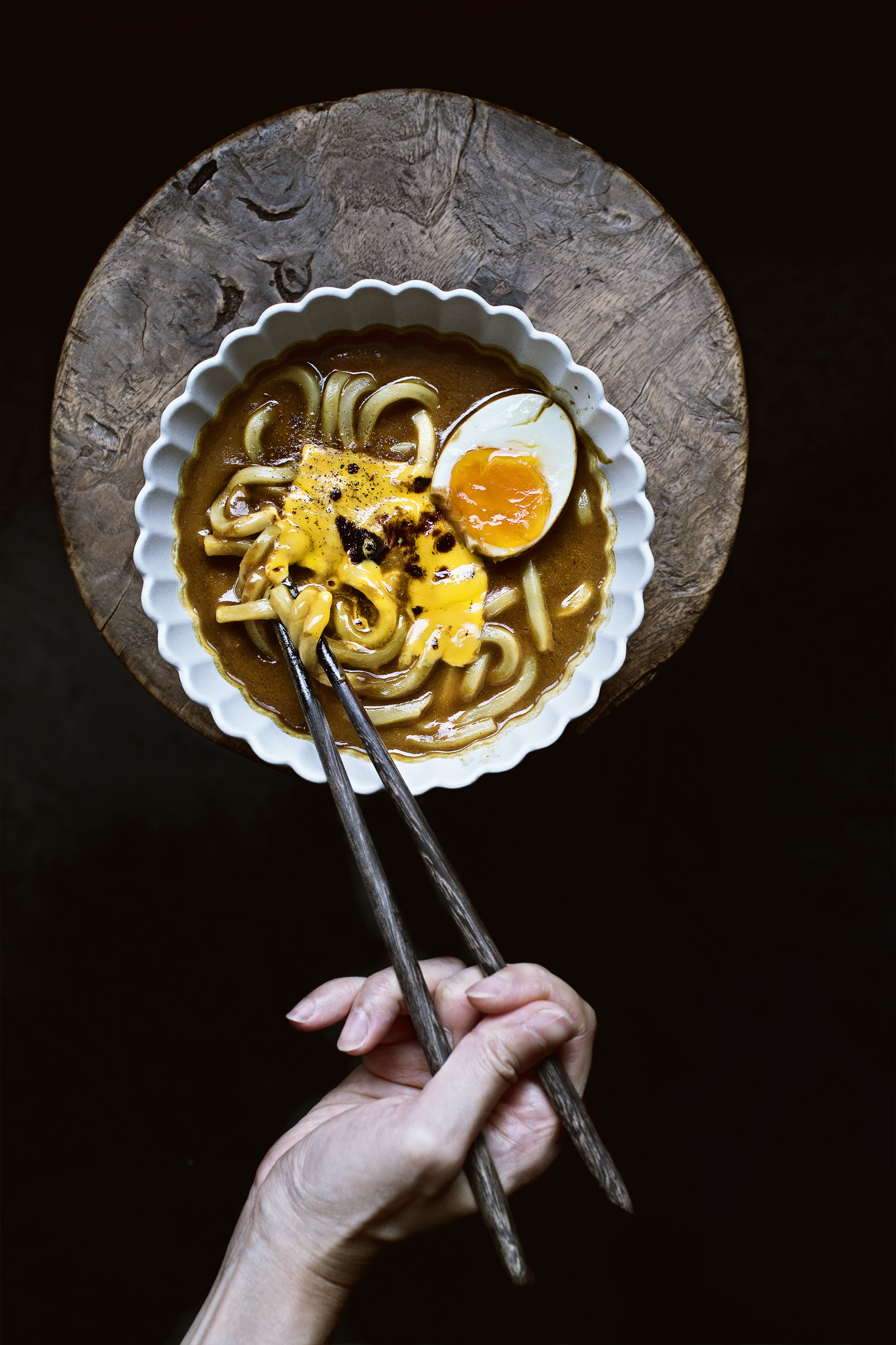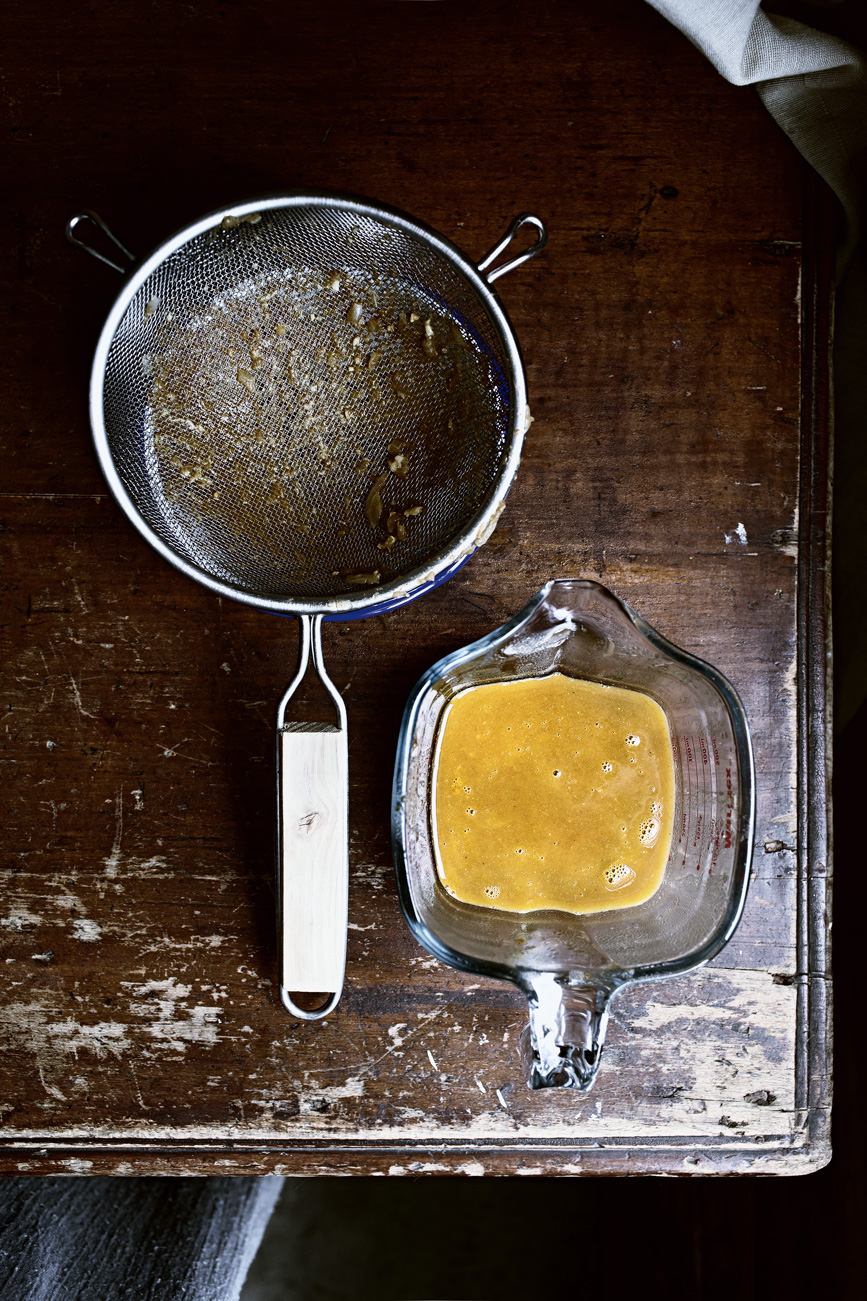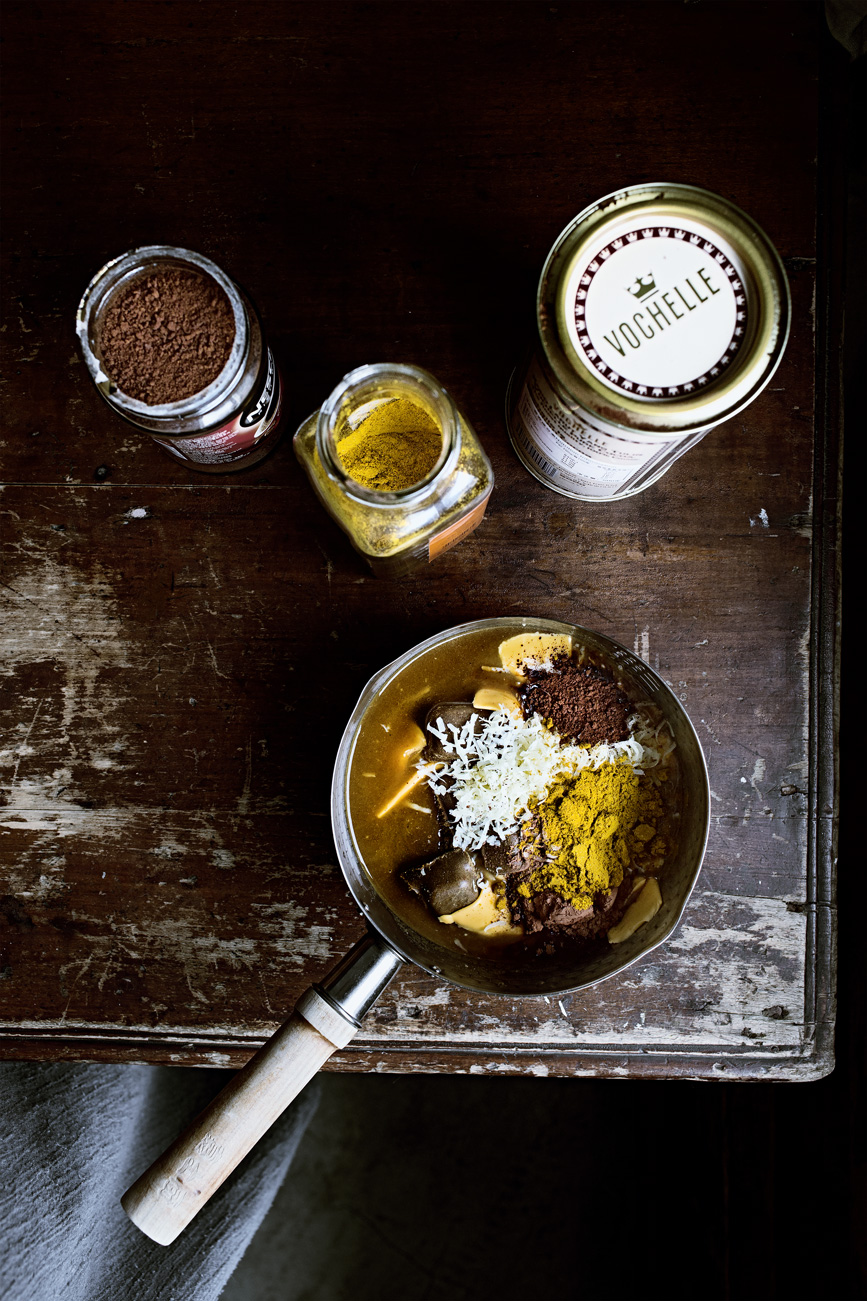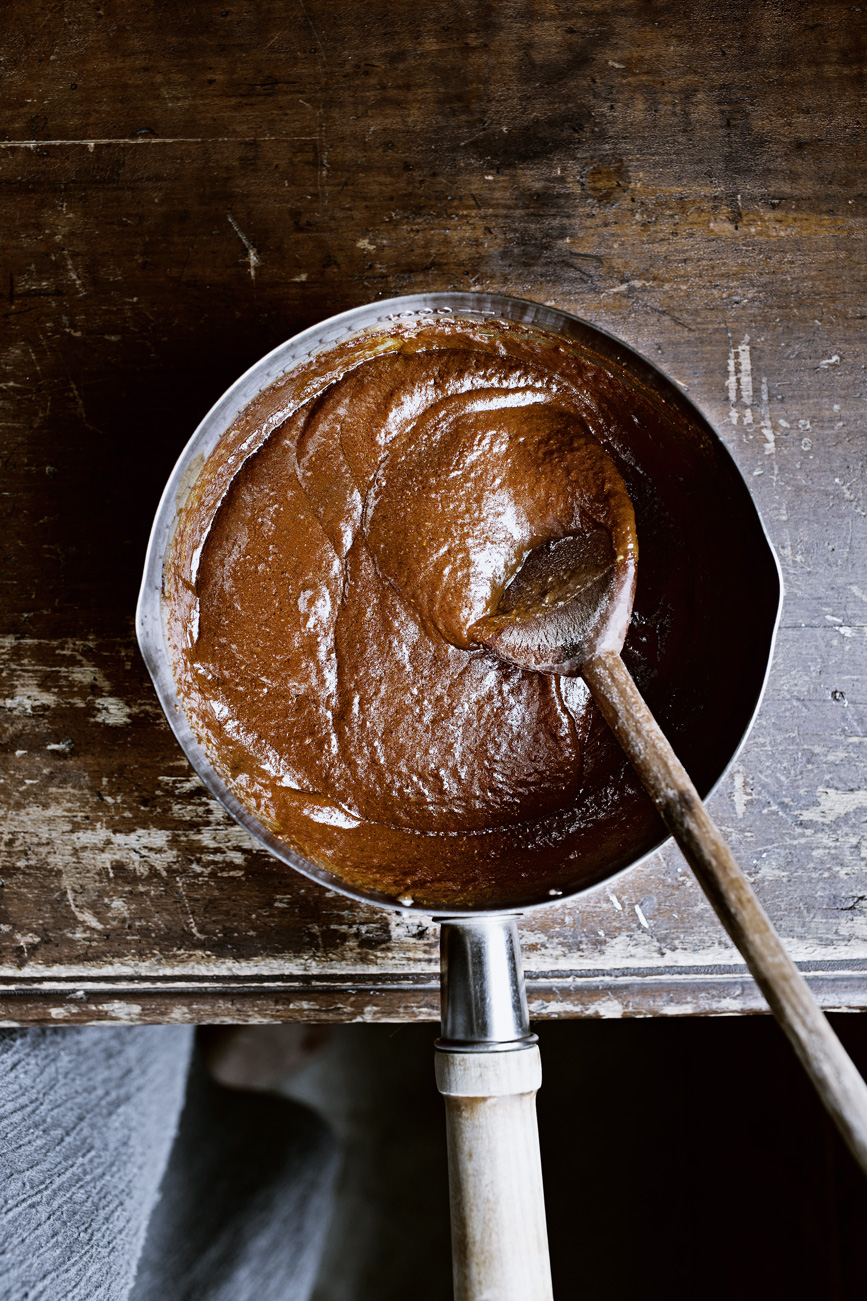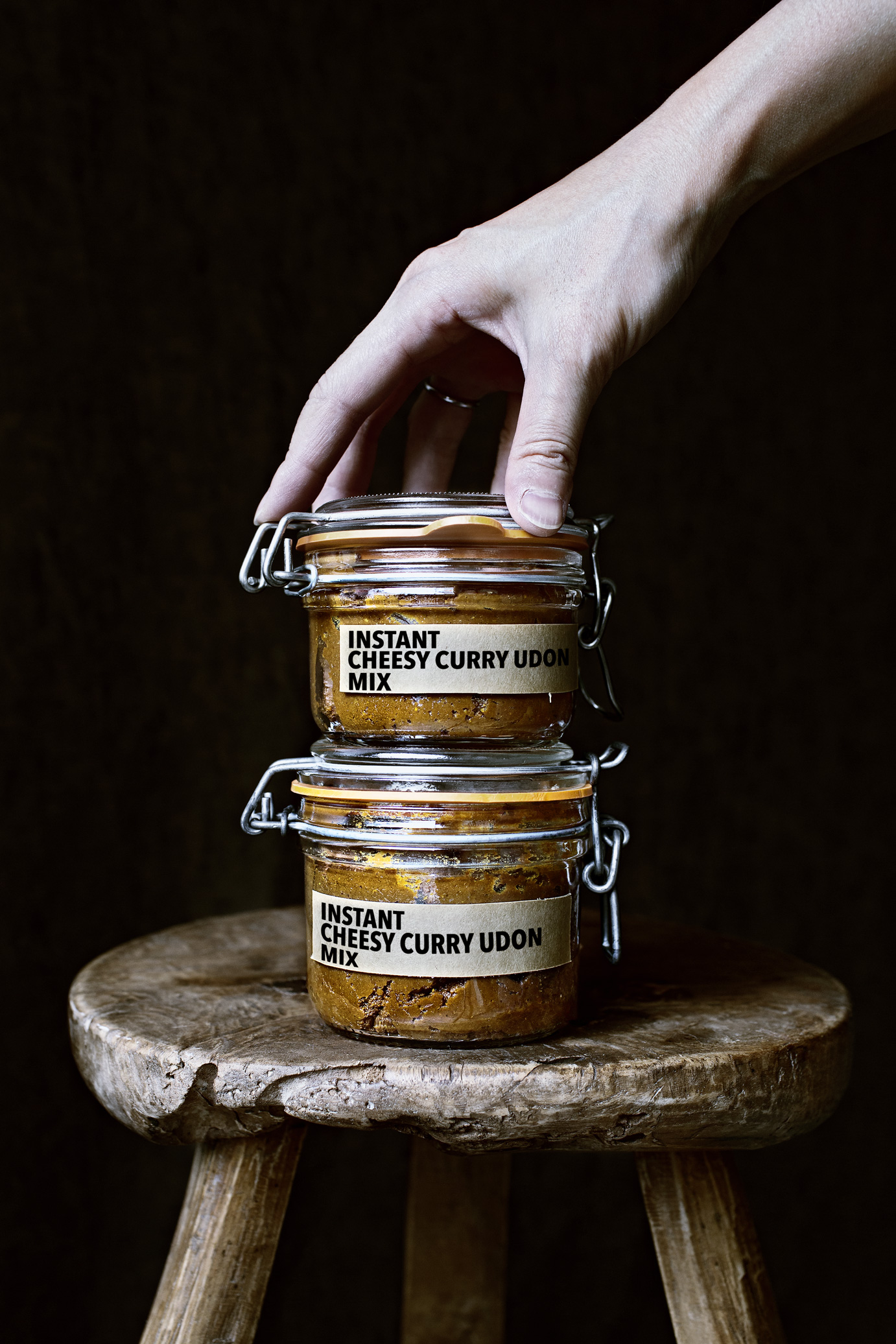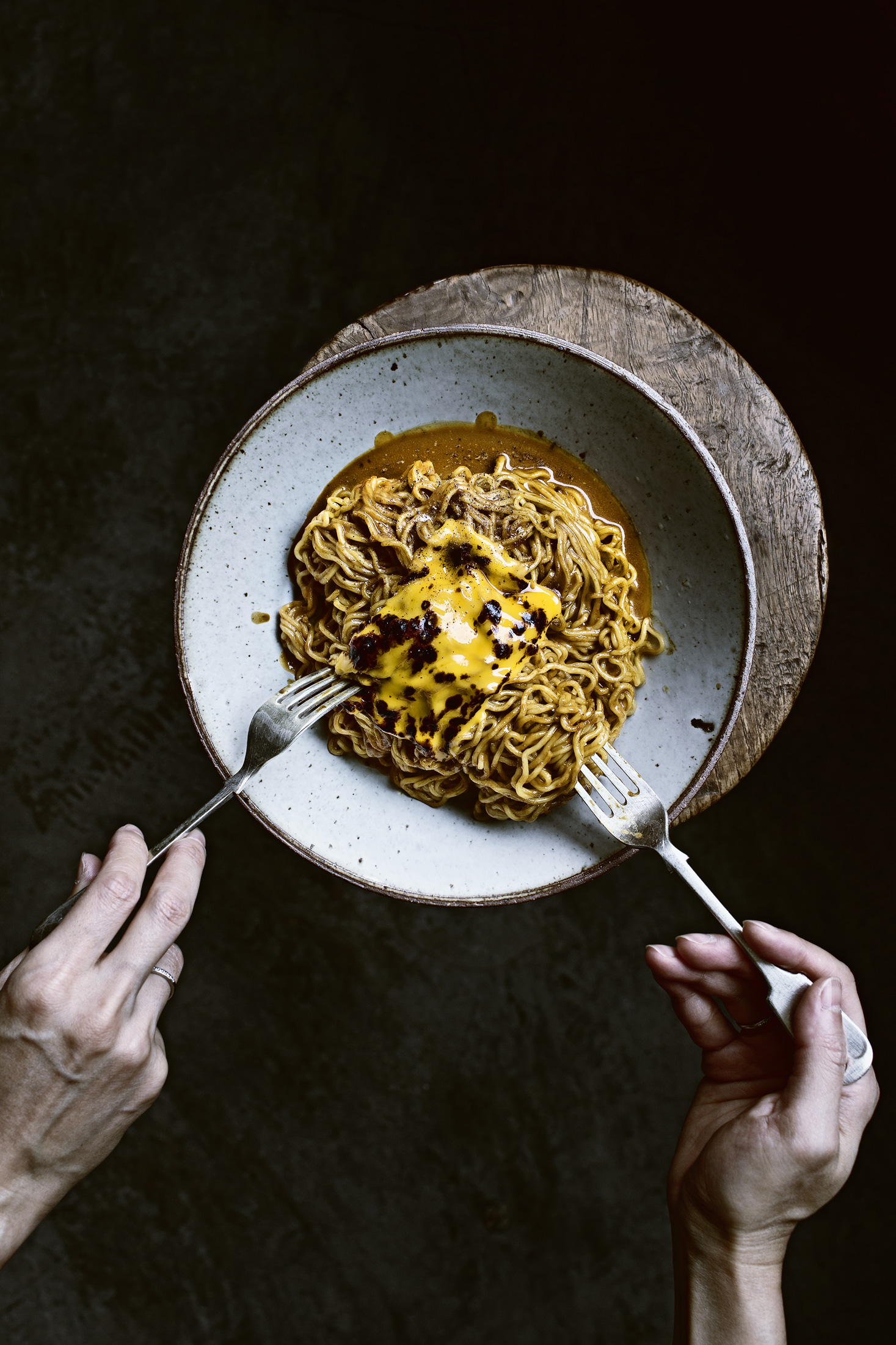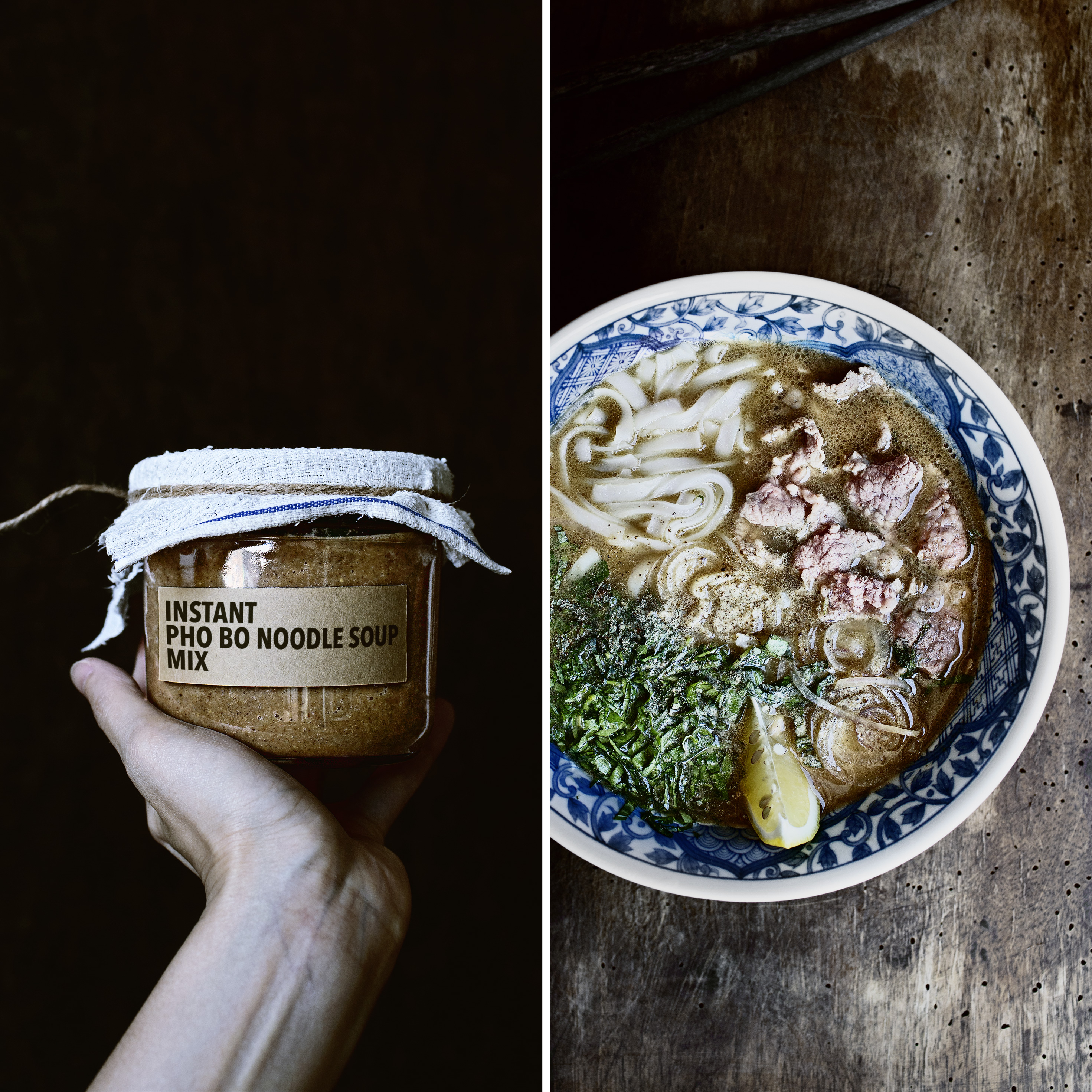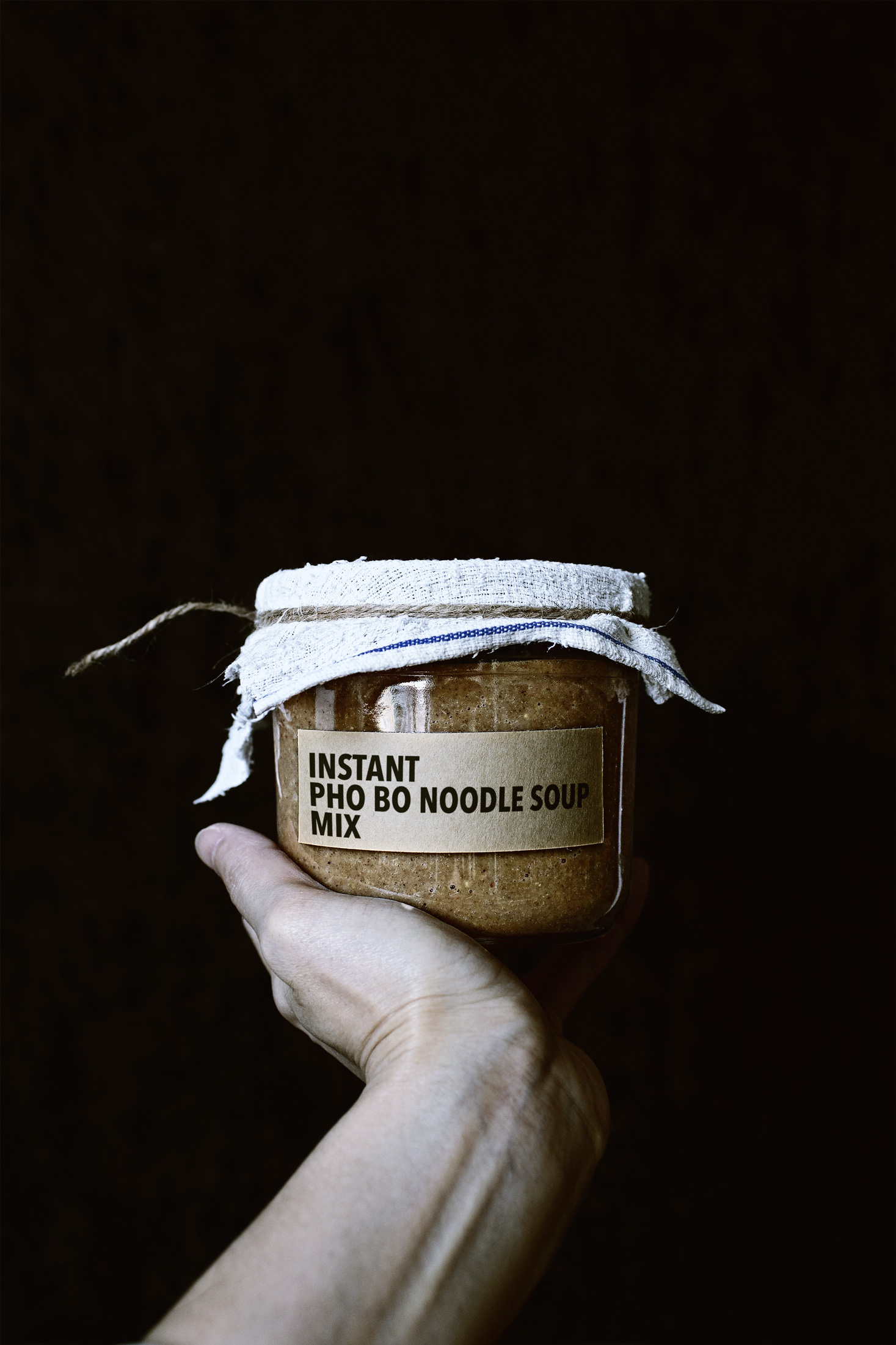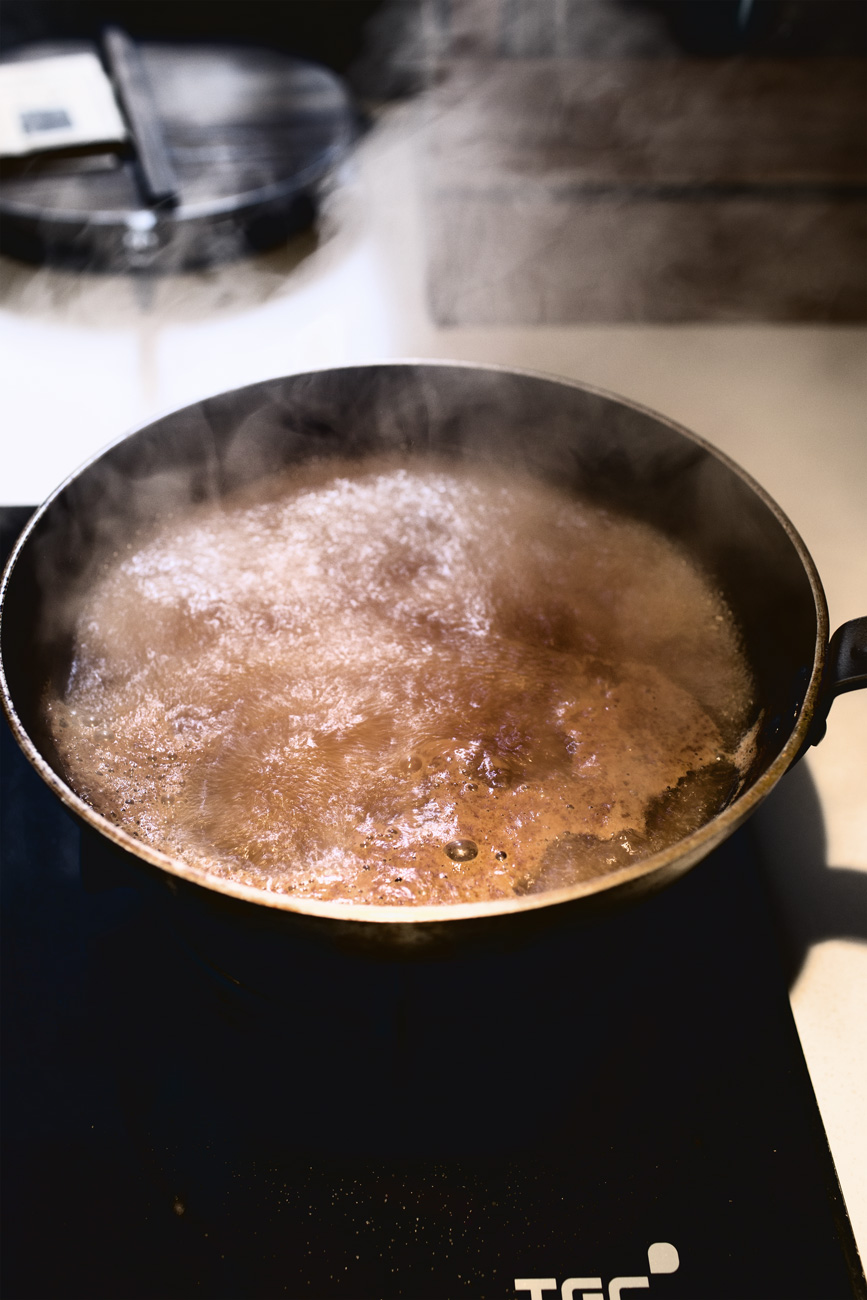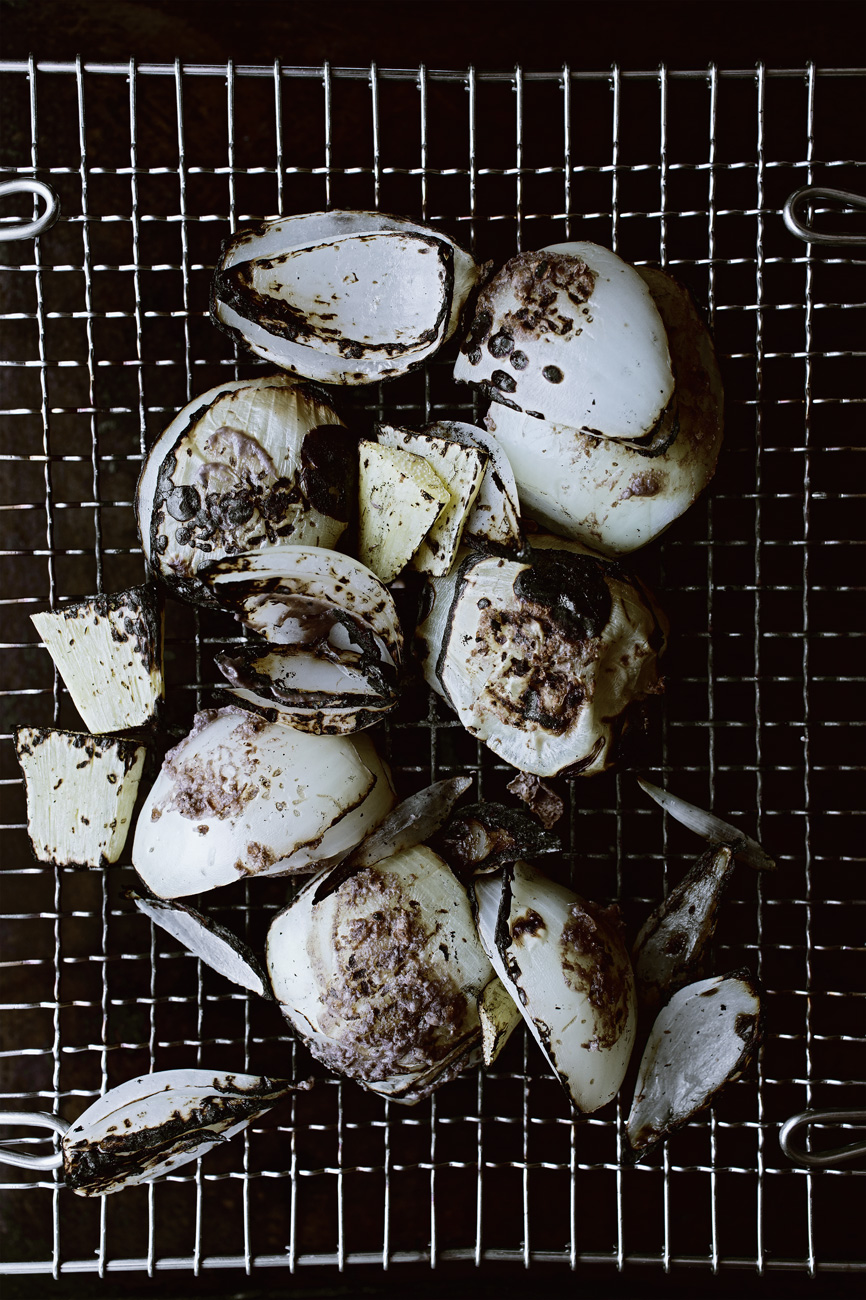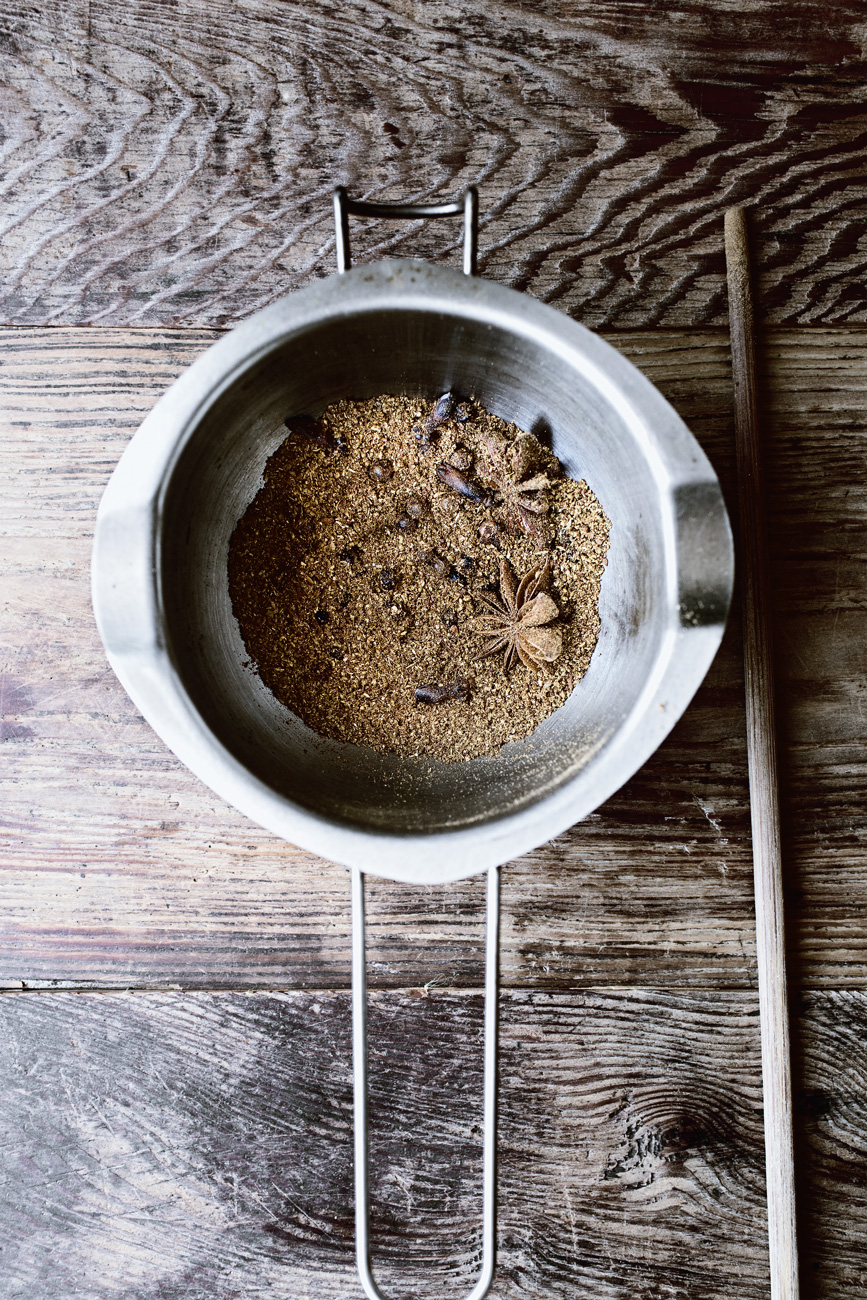Virtually fat-free and crazy addictive, Som Tam Thai salad, with Granny Smith Apple
SOM TAM COMES IN MANY SHAPES AND STYLES… ALL OF WHICH WILL EVENTUALLY COMPEL THEIR SUBJECTS TO SUCCUMB TO INEVITABLE ADDICTION
The other day as I watched again, sneering, yet another TV documentary made in the frantic, nation-wide hunt for the next revolutionary diet that is going to save America from drowning in its own fat — the Atkins, the keto, the 5:2, the Paleo, the HCG, the Zone, the Jenny fucking Craig, you name it — I reached down to my bag of kettle-cooked Texas BBQ potato chips with a grin before I glanced at the clock in wrenching gasps. Holy mother of god it’s past 9 o’clock?! the feeding window has closed on my 16:8 intermittent fasting diet!
We all do it. We all do it. Twitching and turning in an endless cycle of struggles in order to stay in the balance between emotional sanity and the general shape of a socially acceptable humanoid. So much deliciousness, so little fat cell allowance. It’s almost as integral a part of the First World Problems as knowing how not to lose it when asking “What do you mean there’s no wi-fi?” at a beachside cafe on a Caribbean island. I get it.
Having said that, I have to admit my general confusion at America’s difficulty in meeting such task, the final switch from consuming overly processed foods to fresh produce or simply just freshly prepared foods. I feel this way because I think deep down, I know the answer to this question. Deep down, I know how to save us all.
America just has to eat as good as A Third World country.
Look, I think we have grown so privileged, so involved with exhausting the last possible way to pair caviar with fried wagyu steaks or stuffing lobsters into a pig that we have, perhaps irreversibly, forgotten how to make poor foods taste good. Not poor foods as in fast foods, but cooking with cheaper ingredients such as vegetables that is a major part of the diet in less privileged countries where meats are considered a luxury, where eating vegetables is not a choice, but a necessity, and as a result, where they taste really, really, really good, because they have to.
Take Thailand for example, where they have taken a virtually fat-free salad to the brim of an art form — som tam, or better known as Thai green papaya salad. Som tam comes in many shapes and styles, depending on the region, ranging from mild and friendly to deeply funky and challenging to the foreign tongue, all of which will eventually compel their subjects to succumb to inevitable addiction. Consider som tam Thai, the focus of our current interest, as the gateway drug.
Without the use of deeply fermented crabs or fishes like its other peers, som tam Thai is as friendly to the untrained tongues as it is delicious. A mixture of ruptured chilis and garlics, bruised tomatoes and green beans with thinly shredded green papaya, and an acutely savory, sweet and tangy dressing, all pounded under the gentle urgency of a wooden mallet, ushering them onto the way to becoming something greater than the sum of its parts. Perhaps its greatest wisdom is standing against the western practice of keeping the vegetables as un-wilted and perky as humanly possible in a salad, knowing that the partial breaching of their exterior defenses allows the exchange and absorbance of flavors to deepen. Practically fat-free but incredibly robust, a celebration between a spectrum of textures, a push for the limit of human sensory, burning, salty, sweet, crunchy, sour, som tam Thai has boldly gone where no American vegetables have gone before. The only thing standing in our way is perhaps that its main ingredient, green papaya, is somewhat of a tropical monopoly. But please rejoice in knowing that it works just as beautifully with Granny Smith apples that are more abundant to us than we know what to do with.
So people, put down your kale salad and eat this one. Feel alive again. And maybe once in awhile, go get some fried chicken. Just not a whole bucket. You see. It’s not that complicated.



